|
My last story was a virtual tour of the DÃO wine region in Portugal. Since it is so close to the Douro region, I thought it might be fun to “virtually” stop by Quinta do Crasto winery and taste a few of their wines. Quinta do Crasto is a fourth-generation, family-run business that has been in the family of Leonor and Jorge Roquette for more than 100 years. It is also one of the oldest winemaking estates in the Douro region. The earliest written records mentioning Quinta do Crasto and its wine production date back to 1615. One hundred forty years later, in 1756, the Douro became the first-ever demarcated and regulated wine region in the world. And in 2001, UNESCO sanctioned the Douro region as a World Heritage site. Quinta do Crasto is headquartered in the heart of Douro Valley, in Gouvinhas, a municipality of Sabrosa. It is one of the most picturesque parts of the Douro. Constantino de Almeida bought Quinta do Crasto in the early 20th century. He was famous for his wine house dedicated to the production of port. After his passing in 1923 Constantino’s son, Fernando Moreira d’Almeida, took on the management and production of high-quality Port wine at Quinta do Crasto. In 1981, Leonor Roquette, the daughter of Fernando Moreira d’Almeida, together with her husband Jorge Roquette assumed majority ownership and management of the estate. With the help of their sons, Miguel and Tomás and daughter, Rita they renovated and extended the vineyards and began producing Douro DOC wines, which the winery is now known for both domestically and abroad. The Douro may be famous for supplying the world with its production of port wine, however, it is now being praised for its succulent and refined unfortified wines, both red and white. And, Quinta do Crasto is producing top quality wines combining a state-of-the-art wine cellar with traditional methods of winemaking. In addition to port and unfortified wines, they also produce olive oil. Quinta do Crasto has four estates spread across the sub-regions of the Douro Demarcated Region of northern Portugal. The Douro experiences a hot, continental climate with each sub-region demonstrating its own unique topography, soil and water resources. Quinta do Crasto is a 335-acre estate of which 185 acres are planted to vines located in the Cima Corgo sub-region. Most of the vineyards are on south-facing slopes that extend from the banks of the Douro River to an altitude of almost 600 meters. The soils are of schist complex types that can absorb and retain heat. This combined with dry conditions and excellent sun exposure forces the roots to grow dozens of meters deep in search of water. All of these conditions contribute to the complexity and intensity of the wines produced. Small plots of old vines that total 98 acres are located on terraces with stone retaining walls to protect these older vines, some of which are a hundred years old. Quinta do Crasto recently expanded their vineyards to the Douro Superior sub-region with a new vineyard of 371 acres. I recently received two samples of Quinta do Crasto wine from the Cima Corgo sub-region. Crasto White 2018 This wine is a blend of 40% Viosinho, 30% Gouveio and 30% Rabigato indigenous grapes. 85% of the blend was matured in stainless steel vats and 15% of the blend was fermented and aged in used French oak barrels for three months. Light lemon in color, aromas of floral, citrus and pineapple give way to a fresh and lively wine on the palate. Notes of minerality are well integrated with a creamy texture and lemon zest on the finish. Rabigato contributes to the natural acidity, Gouveio contributes citrus notes and Viosinho adds dimension and texture. Enjoy as an aperitif or serve with seafood, grilled fish, white meat and light pasta. Alcohol: 12% SRP: $20 Crasto Red 2018 This wine is a blend of 35% Touriga Nacional, 30% Tinta Roriz, 25% Touriga Franca and 10% Tinta Barroca indigenous grapes. 85% of the blend was aged in temperature-controlled stainless steel vats and 15% in French oak barrels for six months. Deep purple in color, this wine has a heady bouquet of fresh ripe berries, floral and baking spice. The palate offers dark berries, plum, spice, anise, a hint of pomegranate and chalky minerality. Acidity, tannins and texture are nicely balanced. Pair with grilled meat, pasta, stews and grilled tuna.
Alcohol: 14.5% SRP: $20 Both wines are well structured and exhibit freshness and balance. And, they pair well with many seasonal dishes. Pour yourself a glass of the “Douro Valley” and enjoy! Until next time… Cheers! Penina To leave a comment or if you have an inquiry, please contact me at [email protected] We may not be able to travel by plane, train or car to explore wine regions at this point in time, but one can still open a bottle of wine originating from just about anywhere in the world. A bottle of wine embraces the essence of vineyards and terroir and can magically transport you to the region from whence it came. So, pour yourself a glass of wine and join me on a visit to the DÃO wine region from the comfort of your home. This past February, I attended a wine dinner in NYC to learn about the DÃO wine region of Portugal. Eugenio Jardim, a wine educator, Sommelier and Wines of Portugal US Ambassador, led a lively discussion and tasting of this region’s wines Portugal Portugal is located in the southwest corner of Europe in the Iberian Peninsula. It is the westernmost country of Europe, surrounded by Spain to the north and east, and the Atlantic Ocean to the south and west. The country is divided into fourteen regional wine areas, each with its own unique geography and climate. What makes Portugal so unusual with regards to wine is that it boasts a remarkable number of grape varieties that cannot be found anywhere else in the world. There are over 250 indigenous grape varieties officially registered in Portugal and many of these varieties are restricted to the national territory. The Alvarinho, Baga and Touriga Nacional grapes are probably the most widely known by name. DÃO Wine Region DÃO (pronounced “down” with the emphasis of the “n” being drawn out) is one of Portugal’s most notable wine regions located in the center of northern Portugal and south of the well-known Douro Valley. Its name is derived from the Dão River along which many of the region’s vineyards are located. Dão is surrounded on all sides by granite mountains that completely protect the region from the direct influence of the continental climate here, including the cold and rain coming from the ocean. This natural topography provides ideal conditions for the vineyards. Eugenio said, “Dão is a gift of Mother Nature. It is a very unique and special place. The region is secluded and protected by the mountains; it has a long growing season and no drastic temperature fluctuation. The mountains provide a balmy, cooling effect on the vineyards.” Vineyards are located on plateaus with lots of sun exposure, ensuring the grapes reach perfect ripeness. Typical vineyard elevations are 1300 ft. to 1500 ft. The evening brings a significant diurnal shift in temperature that allows the grapes to cool down from the daytime heat, helping to retain the acids and freshness. Eugenio said, “Winegrowers are discovering that if they move up the mountain to 2500 ft., especially on the eastern border, the high elevation has perfect growing conditions for producing very concentrated grapes.” The soil content in the Dão region is 97% granitic with some schist, which contributes to the minerality in the wine. Dão region is spread over 388,000 hectares and has seven sub-regions that cover approximately 20,692 hectares (51,131 acres) of planted vines. Most of the vineyards and wineries are hidden and not visible from the road. Pine trees, broom, brushwood or walls obscure the vineyards and make it necessary to traverse mountain paths, riverbanks, or go through villages to find them. “Because only in secret can you produce a masterpiece. Dão wine.” A Brief History Dão is the second oldest wine region in Portugal, with the Douro being the oldest wine region, not only in Portugal but also in the world. The Douro became the first demarcated and regulated region in the world in 1756. In 1908 the Dão region was recognized for its perfect grape growing and winemaking conditions and formally became a demarcated region. The region maintained a good reputation for its wines until Dictator Antonio Salazar took power in 1932 through 1968 whereupon he decided to reform the agricultural and wine industry of Portugal. Salazar’s controlling policies was felt particularly hard when he decreed that all Dão wine had to be produced and sold by cooperatives for Portugal consumption only. The emphasis became quantity, not quality. After the old regime dismantled in 1974, changes were slowly made. In 1986 Portugal joined the EU (European Union) and rewrote its entire wine classification and demarcation system under EU rules. It was at this point Portugal began its rebirth and money started coming into the country and wine became a business. It has been flourishing ever since. Eugenio said, “Businesses started growing and with an influx of money, improvements in the wineries have been made over the years, including electricity for some. And for the first time, these wineries were able to refrigerate their tanks. Production of reds, whites, rosés and sparkling wines has increased. Refined winemaking is in place.” The Dão region became a DOC appellation (Denominação de Origem Controlada) in 1990. Younger generations of winemakers are now entering the business and embracing the traditional culture of winemaking while revolutionizing and modernizing the way wine is made and received. And what was once a male-dominated business is now seeing more female oenologists. Eugenio said that 60% of all oenology school graduates in Portugal are female. He also said, “ Wines are becoming more delicate, sophisticated and elegant.” Major Grapes Dão is home to many indigenous grape varieties. Most wines are made with the following: Red Grapes Touriga Nacional Alfrocheiro Aragonez-Tinta Roriz Jaen White Grapes Encruzado Malvesia Fina Bical Cerceal Branco Here is a description of the above grapes courtesy of Dão Rota Dos Vinhos. Touriga Nacional The noblest of the red grape varieties, it gives wines an intense red color, with purplish-blue shades when young. The resulting aromas are intense and highly complex, with traces of very ripe dark fruit flavors and a hint of the wild and the forest. The wines are full-bodied, persistent, robust on the palate and very fruity when young. They possess great potential for prolonged aging as they take on elegance and a distinct velvety aroma and taste. Alfrocheiro This grape variety contributes to the excellent balance between acids, sugars, tannins and good wine color, whilst also providing delicate fruity aromas that are reminiscent of ripe strawberries and take on greater complexity as time goes by. Aragonez – Tinta Roriz A grape variety that intensifies the aromas of ripe fruit, providing plenty of color and good alcohol levels. It is well known for its excellent balance marked by the quality of its tannins and its balance of body and acidity, resulting in very elegant, harmonious wines with a great potential for aging. Jaen The wines made from this variety are elegant, with a regular alcohol level, bright in color and very smooth, given the quality and mellowness of their tannins. But what sets this grape variety apart is its intense, delicate perfume, with a slight hint of raspberries. Encruzado This variety ranks first amongst white grape varieties. The wines are lemon in color, with a good alcohol level. They are highly delicate and elegant with complex aromas with vegetable, flower and mineral notes. Delicate and elegant in taste, they provide a notable alcohol/acidity balance. They have great potential for prolonged aging and surprise you with their freshness and persistence on the palate. This is the most balanced grape variety of the Dão region. Malvasia Fina Used to obtain lemon-colored wines, with intense, albeit simple, mainly flowery aromas, and balanced acidity and elegant finish of medium persistency. It has great potential for aging and its wines boast an extraordinary bouquet and change to a straw-yellow color. Of further note is the complexity of their aromas associated with delicacy, balance and elegance. Blended with other grape varieties from Dão, this variety transmits the “je ne sais quoi” and special personality of the white wines of the region. Bical This grape variety is used to obtain light yellow colored wines, with complex, delicate, relatively dry and elegant fruity aromas, and also provides a good alcohol level and low acidity. Cerceal Branco This grape variety produces lemon-colored wines with an intense, delicate fruity fragrance, the acidity of which gives it a lively taste. It is normally blended with other grape varieties to give them acidity and characteristic aromas. Eugenio took our palates on a “wine tour” of white and red wines. The lineup was impressive and we were not disappointed. Most of the wines were native blends except for a few bottles of 100% Encruzado, 100% Touriga Nacional and 100% Jaen. White Wines The common thread between the white wines we tasted was their complex aromas, high acidity, mineral edge and great texture. Citrus flavors played a second seat to the floral, orchard fruit and melon. All the white wines had alcohol levels hovering around 13%. Although most of the wines were blends, I had the opportunity to taste two 100% Encruzado that were elegant and left me wanting more! Eugenio said, “The Encruzado is a grape variety to keep your eye on. This variety is only used in the Dão region and can be compared to Chablis and Chardonnay. It is not widely planted and most of these grapes are blended with Malvasia Fina.” Red Wines The majority of Dão vineyards are planted with red grape varieties. Red wines from the Dão tend to be lighter in style than most reds found in other wine regions of Portugal. Firm tannins, bright acidity, floral, ripe red or black fruit and spice can be found in the various styles and blends. Touriga Nacional (used for port) tends to be the main grape used in Dão red blends. All of the reds I tasted were dark ruby in color with intense aromas, yet delicate and full of complexity. Alcohol levels averaged between 12.5% and 13.5%. Having never tasted Jaen, it was a treat to try a 100% Jaen wine. It was well structured and complex with cherry, plum, spice and mouthwatering acidity. It is another age-worthy wine to put on your radar.
Simply put, Dão wines are elegant and complex, with natural acidity and age-worthiness. Not only is the Dão region a gift from Mother Nature, but the wines produced here are a gift as well! Pour a glass of Dão wine and embrace the essence of the region without ever having to leave home! Until next time… Cheers! Penina To leave a comment or if you have an inquiry, please contact me at [email protected] Many of us are frustrated and trying to be inventive in the kitchen as our food supplies dwindle and items become difficult to find. It is one of many challenges during our shelter in place and quarantine due to COVID-19. While rummaging through my kitchen cabinets the other day to take stock of what was left, I discovered a large unopened bag of organic quinoa. It was like finding the Holy Grail! My mind was going a mile minute thinking of all the quinoa recipes I knew and more importantly what ingredients I had on hand that might help me endure another few weeks while sheltering in place. With limited supplies, I decided to make sautéed quinoa cakes. I had one shallot left, a jar of pumpkin seeds (used as a substitute for pine nuts), grated Parmesan, cranberry Craisins, dried herbs, eggs and olive oil. I know it is a strange combination of flavors, but it worked! After gently cooking the quinoa, I set it aside to cool. I combined the minced shallot, pumpkin seeds, Parmesan, Craisins and herbs, one or two beaten eggs as needed and then mixed it into the cooled quinoa, adding salt and pepper to taste. I heated up the skillet with olive oil, formed the quinoa mixture into patties and sautéed them for about five minutes on each side until they were golden brown. A few fell apart but they were very tasty, nonetheless. My next decision was what wine to pair with the quinoa cakes. It was a no-brainer. Donnafugata SurSur 2018 Grillo, Sicilia DOC SurSur is made with 100% Grillo grapes, an ancient indigenous variety from Sicily. Grillo is one of Sicily’s best-known grapes found throughout western Sicily and is noted for its citrus flavors, sweetness and mild acidity. Due to the grape’s high sugar levels, it is ideal for the production of fortified wines. Historically, Grillo was used in the production of Marsala wine. However, Catarratto has taken the lead. And now due to the innovation of winemakers, Grillo has a wide range of styles, from crisp and savory, to structured and mature. It is interesting to note that in 1848 Grillo became a hybrid of Zbibbo and Catarratto. The grapes for SurSur were harvested from Donnafugata’s Contessa Entellina Estate Vineyard located in the Southwestern part of Sicily. The wine is aged in tanks for two months and then at least three months in the bottle before release. This is a “sit up and take notice” fresh wine with enticing aromas of white flowers, citrus, stone fruit and pineapple that segue onto the palate with pear, lemon and a hint of herbs. It has a nice balance of savory and fruit with moderate acidity. Serve as an aperitif or pair with light appetizers, seafood, salads and quinoa cakes! To quote Donnafugata, “SurSur is a fresh and fruity Grillo with a youthful spirit”. Alcohol: 13% SRP: $21 The quinoa cakes and SurSur were a perfect “pas de deux” of sweet and savory and my palate is quite happy! Stay tuned for more #stayhome adventures with limited kitchen ingredients and lots of wine!
Until next time… Stay Safe, Stay Home and Be Well! Cheers! Penina To leave a comment or if you have an inquiry, please contact me at [email protected] Zenato Winery’s tagline “The soul of Lugana and the heart of Valpolicella” encapsulates the essence of this winery located in Veneto in northeastern Italy. Sergio Zenato and his wife, Carla, founded Zenato in 1960. Sergio’s life long dream was to create a winery and produce memorable wines reflecting the “fruits of the earth” from which they were grown. His vision was realized and today these expressive wines are the result of his tireless efforts, love for his land and passion for quality. Both children, Nadia and Alberto Zenato, now run the winery. Nadia manages the marketing and promotional activity and Alberto is the winemaker who oversees all aspects of production. Zenato has 95 hectares of vineyards that stretch from the banks of Lake Garda in Lugana to the hills of Valpolicella’s “classic zone” in the province of Verona. The Santa Cristina estate is located in San Benedetto di Lugana where Trebbiano di Lugana grapes are grown. Lugana DOC is a small denomination that produces only white wines and is renowned for its distinctive morainic terroir of penetrating humid clay soils and rich minerals deposited by the glacial moraines of thousands of years ago. The wines are naturally high in acidity with characteristic aromas of white flowers and citrus. Zenato’s Costalunga estate in Valpolicella produces the famous grape varieties Corvina, Rondinella, and Oseleta. Valpolicella is considered the most famous red wine area in Veneto and was given DOC status in the 1960s. There are many styles produced here such as Classico, Superiore, Amarone and Ripasso and they range from light and easy-drinking to powerful and complex wines. I had the pleasure of tasting three Zenato wines that are great examples of what this winery produces. Lugana di San Benedetto DOC 2018 This wine is made from 100% Trebbiano di Lugana harvested from the San Benedetto vineyard on the south shore of Lake Garda. A pale lemon color opens to heady aromas of floral, citrus and stone fruit. Beautiful notes of white flowers, peach, pear and minerality sate the palate with a hint of apricot on the finish. This wine has a round, creamy mouthfeel that is blended nicely with crisp acidity. Drink as an aperitivo or serve with fish, light salads and Asian cuisine. Alcohol: 13% SRP: $20 Alanera Rosso Veronese IGT 2017 This wine is a blend of 55% Corvina, 25% Rondinella, 10% Corvinone, 5% Merlot, and 5% Cabernet Sauvignon. Fifty percent of the grapes harvested for this wine are partially dried for 45 to 60 days. The highly concentrated juice from this process adds an array of aromas, flavors and complexity to the blend. A period of 12 months is spent aging in French barrels with another three months of bottle aging. Lovely aromas of cherry, plum, tobacco, floral and spice segue onto the palate with added flavors of dried herbs, prune and vanilla. It is a perfect blend of silky tannins and acidity with the bonus of a long and luxurious finish. Serve with meat, stews, aged cheese and fatty fish. Alcohol: 13.5% SRP: $20 Ripassa Valpolicella Superiore DOC 2015 This wine is a blend of 85% Corvina, 10% Rondinella and 5% Oseleta. The Ripasso method is a technique where the Valpolicella wine is re-passed onto the pressed dried grape skins from which Amarone is made that are still warm and rich in sugar. A second alcoholic fermentation begins which increases the alcoholic content and the wine becomes richer in color and bouquet. The wine is aged in French oak for 18 months and an additional six months in the bottle before release. This is an elegant wine with intense aromas of dark fruit, plum, spice and forest floor. The palate is layered with rich, ripe fruit such as cherry, plum and blackberry. Hints of baking spice, dark chocolate and minerality show through with creamy tannins and are nicely balanced with acidity and alcohol on a long finish. Serve with meat, game, pasta and hard cheese.
Alcohol: 14.5% SRP: $30 These are expressive wines and a great representation of Zenato. And, they have definitely captured the heart and soul of Lugana and Valpolicella! Until next time… Cheers! Penina To leave a comment or if you have an inquiry, please contact me at [email protected] For me, there is nothing like pouring a glass of wine that not only sates my palate but can also conjure up sweet memories. And this quote from Coppo says it perfectly. “We like to imagine our wines leave an emotional aftertaste. This doesn’t have anything to do with its aromas or flavors, but of a sensation that awakens memories of pleasant times.” Piero Coppo founded Coppo winery in 1892 and it is one of the oldest family-run wineries in Italy spanning four generations. Piero’s philosophy was about making quality wine, not quantity. His sense of ethics, attention to detail, perfection, passion for the land and his vision for the future have been passed on from one generation to the next. Below is a photo of the four brothers representing the third generation with fourth-generation Luigi in the middle. This historic winery is located in the famous commune of Canelli, a subzone in the province of Asti in the Piedmonte region of Italy. Canelli is noted for its important role in history for being the birthplace of Italian sparkling wine made with Moscato Bianco grapes. Canelli became a UNESCO World Heritage Site in June 2014 and it is famous for its surrounding historic vineyards and intricate subterranean wine cellars called “Underground Cathedrals”. These cellars weave in and out of Canelli for about 20 miles. Part of these historical wine cellars are located at Coppo Winery and are a UNESCO World Heritage site. While visiting Coppo a few months ago, fourth-generation Luigi Coppo gave us a tour of these impressive cellars. He said, “In parts of this tunnel there are over 42 meters of dirt above us. The tunnels are ideal for storing wine because it is stable in here with constant and perfect temperature and humidity. This all-natural tunnel was built in the late 18th century with an addition in 1920 that took only one week to build”! Below is a slideshow of the Underground Cathedrals. Photo credit: Penny Weiss Coppo built their business producing sparkling wines, but by the beginning of the 20th century, their production expanded to making classic Piedmontese reds, most notably, Barbera. Piero’s son, Luigi (second generation) entered the business in the late 1940s and was responsible for restoring and modernizing the winery. He also brought with him a passion for French wine. During the 60s and 70s, the winery began importing wines from Burgundy and Champagne. Luigi’s four sons (third-generation) entered the family business between the 70s and 80s). Inspired by the great French wines that their father imported, the four brothers infused their personal style in the production of Metodo Classico sparkling wines and Chardonnay. Coppo is one of the first producers in the area to make Chardonnay, although Chardonnay and Pinot Nero have been growing in the hills around Canelli since the early 1800s. Monteriolo Chardonnay is dedicated to their father Luigi and the first vintage was introduced in 1984. Here is a bottle shot of the 2017 Monteriolo Chardonnay that I tasted while at the winery. It was exquisite! Unlike many other wineries, the third generation made it their mission to maintain the quality of Barbera over quantity and ensure that its elegant character was preserved. This brought about a change for stricter management in the vineyards, lower yields, hand harvesting and introducing barriques during maturation, making Coppo at the cutting edge of Barbera’s rebirth. These changes helped to give the wines more complexity and richness. The 1984 Barbera d’Asti Pomorosso was the first harvest, becoming the symbol of the winery. The fourth-generation, cousins Max and Luigi, are focusing on “a new style of communication”, called the Internet! By engaging the younger generation of wine lovers while blending “a lighter side of wine” with traditional values they hope to introduce their palates to affordable and quality wine. Today, the major part of Coppo production is focused on Barbera, Metodo Classico sparkling wines, Chardonnay and Moscato d’Asti. Coppo also makes classic DOCG Piedmontese wines such as Gavi and Barolo. It is interesting to note that due to the winery’s historical importance, they have been granted permission to make Barolo outside of its zone of production. The Coppo estate covers over 52 hectares of vineyards with the heart of productive vineyards in Monferrato in Southern Piedmont. Here is where Moscato Bianco and Pinot Nero are grown. Barbera grapes are grown in Agliano Terme and Castelnuovo Calcea located in the heart of the subzone, Nizza. Coppo also manages the estate La Rocca situated in Monterotondi di Gavi, where the Cortese grapes are grown. As stated by Coppo, “Since 2001, Coppo winery has followed an official protocol for integrated agriculture that sustains farming practices with low environmental impact. The winery goes above and beyond the regulations, and for several years now has decided to follow agricultural methods in the spirit of organic and biodynamic agriculture, while not being officially certified.” I asked Luigi how climate change might be affecting vineyards and production. His reply, “Climate change exists and of course, it is impacting our vineyards and production. What we are experiencing in the last years is an anticipated ripeness of our grapes, which means an anticipated harvest. It does not mean this is worse or better but we have to follow nature. We are experiencing higher temperatures now and that means higher alcohol. But please consider alcohol is not a problem if the wine is well balanced. For some specific varieties such as Barbera, we cannot control or decide what is the right amount of alcohol because we have to manage the acidity and so we have to pick the grape when the grape is ripe. We can pick grapes earlier but it won’t work out well.” I asked Luigi what the biggest challenge Coppo might be facing in the vineyards. He responded, “There is not a specific challenge. According to my father and uncles stories back in the day, the harvest season was more or less predictable. Today it is different and we have to “react” quickly. Every day is different and every harvest (thank god) is different too.” Upon my return home from visiting the Coppo estate, I received six bottles of their wines. The wines transported me back to Canelli “awakening memories of a special time.” These wines are all gems and worthy of review. Coppo Moncalvina Moscato D’Asti DOCG 2018 This wine is made with 100% Moscato Bianco di Canelli. It is a light, sweet wine with floral and stone fruit aromas that transcend to the palate. It has a natural light fizziness and is very refreshing. Alcohol: 5% SRP: $15 Coppo Costebianche Chardonnay 2017 This is 100% Chardonnay that is harvested from Piemonte DOC appellation. 20% of the must is fermented and aged on fine lees in French oak barrels of 2nd and 3rd-year use. This is a delightfully fresh and fragrant wine with notes of floral, stone fruit, apple and a hint of lemon. Alcohol: 12.5% SRP: $20 Coppo La Rocca Gavi DOCG 2018 Gavi is a classic white Piedmontese wine made with 100% Cortese grapes. Cortese is one of the region’s oldest native grapes. The Tenuta La Rocca vineyard has marly calcareous soils that contribute to the wine’s mineral complexity. Fresh aromas of citrus, peach and pineapple lead to a palate of minerality, grapefruit, green apple, honeysuckle and a nice balance of fresh acidity. Alcohol: 13% SRP: $20 Coppo L’Avvocata Barbera D’Asti DOCG 2018 This wine is made with 100% Barbera. Wonderful aromas of juicy red berries and spice tickle the nose with a palate full of lively acidity, cherry, berries, pomegranate, spice and a hint of nutmeg. Raspberry and spice linger on a long finish. Alcohol: 14.5% SRP: $17 Coppo Camp Du Rouss Barbera D’Asti DOCG 2016 I love the story that goes with the name of this wine. “Camp del rosso” in Italian means “the redhead’s field”. ‘Camp’ in Piedmontese means vineyard. The first owner of this vineyard was a redheaded man who was so burly, he frightened the children. However, the wine is far from frightening! It is 100% Barbera that has been aged in French oak barrels for 12 months. Intense aromas of red fruit and spice lead to a palate of sour cherry, red berries, cranberry, spice and a hint of dark chocolate. This is a well-structured wine that lingers on the palate and begs for another sip. Alcohol: 14.5% SRP: $23 Coppo Pomorosso Barbera D’Asti Nizza DOCG 2016 This wine is the most prestigious Barbera produced by Coppo. Its fame is owed to the significant part it played in the rebirth of this variety. With the release of the 2016 vintage, the wine bottle bears the new Nizza DOCG designation. This took years of collaboration to elevate the status of this vine growing region. The Coppo family along with other prominent Barbera d’Asti producers was involved in this effort and is now proud to represent this new designation. Grapes are sourced from 50 to 60-year-old vines in the Nizza DOCG appellation. The wines are aged from 14 to 18 months in French oak. This is a beautiful wine with nicely integrated tannins and acidity. Intoxicating aromas of red fruit, dark cherry, floral and baking spice segue onto the palate with dark plum, dark berries and a touch of sour cherry, pomegranate and herbs. I tasted the 2017 vintage while visiting Coppo and was reminded of how expressive this wine is. Alcohol: 15.5% SRP: $55 Every wine bottle is adorned with the symbol of a cherub. While visiting Coppo I photographed the statue, which sits on a shelf in their tasting room. I asked Luigi what its significance is. Luigi said, “This is a gift given from a sculptor to my great grandfather at the very beginning of the 20th century. It is a little angel (Cupido) trying to stop the fermentation of a bottle of sparkling wine (gran spumante). It became the logo and mascot of the winery.” Of course, I was secretly hoping that the cherub was trying to capture the aromas and essence of the sparkling wine! Although I couldn’t capture it on camera, the family motto is engraved at the cherub’s feet. “Robur et salus” (strength and health). Tasting all of these wines again was a treat for my palate. And it was wonderful to be briefly transported back to Piedmonte. Coppo definitely got it right when they said, “We like to imagine our wines leave an emotional aftertaste.” They certainly do! Until next time…
Cheers! Penina To leave a comment or if you have an inquiry, please contact me at [email protected] Since my views have never changed concerning Valentine’s Day, I decided to repost part of a story that I wrote a few years ago with the addition of some wines and treats to celebrate “hearts” day! “With Valentine’s Day almost upon us, flower and candy shops, jewelry stores and the wine and spirits industry are bedazzling us with an array of red and pink treats. Ah yes, Valentine’s Day is the one day of the year that we make a point of celebrating romance, love and friendship by expressing our affection with cards, gifts and special dinners. Personally speaking, I think we should be celebrating each other and ourselves every day! By now, you know that I’m a big proponent of “just because” when it comes to opening a bottle of wine. And that philosophy extends to buying flowers, jewelry and candy! For me, it’s the unexpected gesture of love and friendship that is the most meaningful, not because a holiday dictates it. And yes, I admit that I have on rare occasions gone overboard in celebrating Valentine’s Day. At heart, I am a hopeless romantic Whether it’s Valentine’s Day or a “just because” day, pick up some fun treats and open up a bottle of rosé, sparkling or still wine that you’ve never tried before.” To start your Valentine festivities this is the “perfect pairing” of wine and cheese. Having just returned from Piedmont, Lombardy and Veneto where I indulged in sparkling wine and out of this world cheese, I was excited to receive a sampling of Garda DOC Spumante wine and Piave DOP cheese upon my return home. Pairing these two makes so much sense when you think about how Piave DOP is surrounded by sparkling wine production. Garda DOC is made up of ten historic appellations located along the western shore of Lake Garda, the largest lake in Italy. As you can see from the map below, Garda DOC is partially in Lombardy and then continues on to a small area in Veneto. These sparkling wines are produced in both the Metodo Classico and Charmat method and range in style from Brut Nature to Demi-Sec. The Consorzio Garda DOC was founded in 1996 to protect the value of the wines and to ensure that all rules of production are followed. Cantina Di Custoza Spumante Extra Dry, Garda DOC 2018 This wine opens with delightful floral and fruit aromas that lead to a palate of fine bubbles with notes of pear, peach, honeysuckle and minerality. It is light and refreshing! The gentle fruit and floral flavors of the wine combined with the nutty flavors of the cheese are divine. Alcohol: 11.5% Piave DOP is a hard, cooked curd cheese that is only produced from indigenous Italian cattle breeds in the Dolomites area of the Belluno province in Italy’s Veneto region. The Consorzio Di Tutela Del Formaggio Piave was created in 2010 to protect from misuse or counterfeiting, in addition to making sure that all traditional production techniques are used. There are five different age classifications with aging being anywhere from 20 days to over 18 months. Piave Fresco D.O.P. (20/60 days), Piave Mezzano D.O.P. (61/180 days) Piave Vecchio D.O.P. (>180 days), Piave Vecchio Selezione Oro D.O.P. (>12 months) Piave Vecchio Riserva D.O.P. (more than 18 months). My cheese samples included: Piave Medium (60/180 days) This cheese has a straw-yellow color with a mild nutty flavor that imparts a nice creamy texture on the palate. Piave Vecchio Selezione (12 months) The color of this cheese is dark yellow showing its age. This is a rich and smooth cheese with a pronounced walnut flavor and a hint of sweetness. Piave DOP cheese is delightful on its own or with sparkling wine. It also makes a great addition to recipes. Here are a few more wines that I recently wrote about that will add a smile if not sparkle to your celebration. Domaine Bousquet Brut NV Chardonnay /Pinot Noir A delightful sparkling wine made with organic grapes sourced from the vineyards of Tupungato, Argentina. Beautiful aromas of citrus, apple and tropical notes segue onto the palate with hints of brioche and pear. Fine bubbles and a creamy mouthfeel add to a fresh and crisp treat. Alcohol: 12.5% SRP: $13 Charles Heidsieck Brut Réserve NV A golden color and fine bubbles lead to a complex and elegant nose of brioche, pear, white flowers and a hint of apricot and citrus. The palate is rich with white fruit, toast and tart baked apples, with hints of cherry, citrus, toasted nuts and vanilla. It has good acidity and a creamy texture with a long, lush finish. Alcohol: 12% SRP: $69 Pasqua Vigneti é Cantine PassioneSentimento Prosecco Treviso Spumante Brut, DOC This Prosecco is quite aromatic with fresh fruit, pear and brioche. The palate offers pear, apple, a hint of slate and lemon zest on the finish. This is a fresh and balanced wine with tiny bubbles and lovely perlage. Alcohol: 11% SRP: $16 Bibi Graetz Bollamatta Spumante IGT NV This wine is soft pink in color with an abundance of fruit and floral on the nose. The palate offers strawberry, cherry, stone fruit, bread and citrus. Fine bubbles and crisp acidity make this a “crazily” refreshing wine! Alcohol: 12.5% SRP: $26 Banfi Rosa Regale Brachetto D’Acqui DOCG 2019 is made with 100% Brachetto and is produced using the Charmat method. This is a well-balanced sparkling wine with just the right amount of sweetness and acidity. Aromas of roses and red berries spill onto the palate with a refreshing and soft sparkle. Alcohol: 7% SRP: $12 to $15 Domaine de Bila-Haut “Les Vignes” Pays d’Orc Rosé 2018 This coral-colored wine has subtle but inviting aromas of floral, citrus, red fruit and minerality. The palate offers a soft array of berries, rose, herbs, minerality and a hint of watermelon. This is a dry and refreshingly crisp wine with just a trace of citrus on the finish. Alcohol: 12.5% SRP: $15 Cuvée de la Commanderie Rosé 2018 A.O.P. Côtes de Provence This wine has a soft peach color with aromas of red berries, salinity and floral. The palate offers strawberry, raspberry, light citrus, salinity and crisp acidity. This is a dry and complex wine that displays elegance and freshness with savory taking the lead over fruit. Alcohol: 12.5% SRP: $20 As I like to say every year, “whether you’re celebrating Valentine’s Day with loved ones, friends, family or just want to celebrate “you”, go ahead and indulge! Eat champagne truffles and pop open a bottle of wine!”
Until next time… Cheers! XOXO Penina To leave a comment or if you have an inquiry, please contact me at [email protected] When someone mentions Italian sparkling wines, our thoughts might turn to Prosecco, Lambrusco and Asti Spumante. Well, I have another sparkling wine that should definitely be on your radar. Follow me to Franciacorta where premium and complex sparkling wines are produced. After attending several Franciacorta wine festivals and a masterclass in New York City over the last year or so, I was more than thrilled to visit Franciacorta last month, albeit it was only for a few hours. However, it was quality time spent learning, tasting and dining with the charismatic Ricci Curbastro at Ricci Curbastro Farm Estate. Franciacorta is a small wine-producing area located in the captivating Brescia province in the heart of the Lombardy region of northern Italy. It is a picturesque wine region surrounded by the foothills of the Alps to the east, the Oglio River to the west, the shores of Lake Iseo to the north and Po Valley to the south. It is an ideal setting for sparkling wine production. Due to the morainic origin of this area (rocks and sediments that were carried down by the retreating glaciers), the well-draining alluvial soil is rich in minerals. Franciacorta wine producer, Ricci Curbastro said, “We have 60 different soil types here that can change every few meters”. The climate in Franciacorta is considered warm continental, which is influenced by the Alps. The area also benefits from its close proximity to Lake Iseo, which helps to moderate temperatures and plays an important role in both summer and winter seasons. A beautiful dance takes place between the cool air that descends from the Alps and is then captured by Lake Iseo allowing just the right amount of warmth to spread over the vineyards for the grapes to ripen and reach proper sugar levels. The dance continues at night when the cool air from the higher elevations of the Alps swoops down to bring fresh air and cool the vineyards from the heat of the day. The diurnal temperatures contribute to optimal grape ripening and preserving acidity in the grapes. Although still wine and sparkling wine have been made in this area for centuries, it is Franco Ziliani, a young winemaker working for Guido Berlucchi who is credited for his approach to making the highest quality metodo classico wine with his first vintage in 1961 bearing the name ‘Franciacorta’ on the label. This set in motion the drive for other winemakers to also make the best sparkling wine with the aim for “high quality, not quantity”. In 1967, DOC (Denomination of Controlled Origin) was formed with 11 producers including Ricci’s father, Gualberto. In 1990, Franciacorta was given official status and the Consortium Franciacorta was founded. As stated by the Consorzio Franciacorta, ”The name on the label – Franciacorta- is a single word that defines the land, the production method and the wine”. In 1995, Franciacorta obtained DOCG status, the highest standard of quality for Italian wine. Today, the Consorzio represents 97% of the producers in Franciacorta. The Franciacorta DOCG sparkling wines are produced exclusively using the traditional “Metodo Classico” method where the second fermentation takes place in the bottle. Only Chardonnay, Pinot Nero (Pinot Noir) and Pinot Blanc are allowed in the blend. The regulations are very strict. The harvest must be done by hand and the requirements for aging on the lees are as follows: Franciacorta Non-Vintage is 18 months Franciacorta Satèn and Rosé Non-Vintage is 24 months Franciacorta Vintage is 30 months Franciacorta Riserva is 60 months Ricci Curbastro Farm Estate Dr. Riccardo Ricci Curbastro represents the 17th generation in a family of agricultural traditions since the 13th century. He is an agronomist and winemaker who also has a passion for ornithology and wildlife photography. Ricci was President of the Consorzio Vini Franciacorta in 1992, and again in 1995 when it achieved DOCG status. The estate is located in Capriolo (Brescia) with over 32 hectares of which 27.5 hectares are under vine and planted according to the strict guidelines of the Consorzio. The estate has been certified organic since 2018 and has been practicing Low Impact Farming since 1992. Also, the winery is Carbon Footprint certified since 2012. Ricci said, “The quality of the land is important to pass on. It is part of the family heritage”. The underground wine cellar is where vinification and aging of Franciacorta DOCG take place. With regard to aging the wines, Ricci said, “I consider time as an ingredient. I never sell wine before aging of three years minimum.” In his wish to reduce sulfites, he began experimenting with yeast extracts in 2000. And today he produces his own yeast extracts. Ricci said, “I discovered it creates a longer shelf life for the wines.” Our wine tasting consisted of seven wines including Franciacorta Brut Satèn Brut, Rosé Brut, Demi Sec and Dosagio Zero Gualberto (a wine dedicated to his father.) The classic characteristics of Franciacorta DOCG are imbued with freshness, good acidity, fine and persistent bubbles, notes of brioche and yeast, soft notes of lemony citrus, minerality and a long finish.
Franciacorta Satèn is a “white grapes only” version with lower pressure in the bottle and longer aging. The wines tend to be silkier, with floral and soft notes of pear, honey, lemon and melon. Franciacorta Rosé Brut is a fresh and lively wine with floral and light berries. All the wines that I tasted were complex, elegant and terroir-driven with each bearing their own unique expression. They have longevity and finesse. And not to be forgotten, these are excellent wines to pair with a variety of cuisine. In fact, I can’t think of any food that Franciacorta wines don’t pair with! So, if you can find one of these gems in a wine shop or on a wine menu, go for it! These sparkling wines are worth it! Until next time… Cheers! Penina To leave a comment or if you have an inquiry, please contact me at [email protected] At the mention of Verona, Italy, I can’t help but think of Shakespeare’s Romeo and Juliet. It tends to conjure up romantic images of Juliet standing on a balcony professing her love for Romeo. The enchanting province of Verona is located at the foot of the Lessini Mountains and is partially encircled by the Adige River in northern Italy’s Veneto region. It is about 65 miles to the west of Venice and a short distance from Lake Garda to the north. There is much to see and do in Verona, from visiting medieval castles and Roman ruins to the famous Piazza delle Erbe where one can sip an aperitivo in one of the many outdoor cafes. But beyond these attractions lie the great wine vineyards that surround Verona including the Custoza DOC wine region also known as Bianco di Custoza. Although one might tend to associate Verona with such wines as Amarone, Bardolino, Valpolicella and Soave, the wines of Custoza should not be overlooked and are worth exploring. Custoza DOC is known for its white wine production and while on a press trip to this region last month I visited several wineries and was introduced to these fresh and lightly aromatic wines. Vine cultivation has its roots in this area dating back to Roman times. However, it wasn’t until the mid 19th century that the focus for wine production was specifically associated with the name Custoza, which is a historical village in the municipality of Sommacampagna. In 1939 the Experimental Station of Viticulture and Oenology of Conegliano conducted a study that identified some of the best wine-growing areas in the western province of Verona and the Sona-Custoza area was among them. In 1971, Custoza was established as a DOC and The Consorzio Tutela Vino Custoza (The Consortium for the Protection of Custoza wine) was founded in 1972. The Consortium presently represents 70 wineries, two cooperatives and 500 winemakers with vineyards covering about 1400 hectares. The vineyards are located between Lake Garda and the city of Verona with ideal south and southwest exposure in the moraine hills. Morainic soil from ancient glaciers is rich in minerals and contributes to the characteristic minerality and flavor that these wines are known for. The wines are also characterized by the microclimate of the DOC Custoza area. Hot summers and cold winters balanced with gentle breezes from Lake Garda tend to be consistent and contribute to the development of aromas of the white grapes. Under Custoza DOC rules, only nine grape varieties are allowed in the production of the wine, most of which are indigenous grapes. The wines are a blend of anywhere from three grape varieties up to seven or more. Garganega, Trebbiano Toscano and Trebbianello must be part of the blend. However, Bianca Fernanda has become a favorite grape variety to include in the blend as it brings a subtle aromatic scent to the wine. The other five grapes permitted are Malvasia, Pinot Bianco, Manzoni Bianco, Chardonnay and Riesling Italico. The final blend of the grapes is a work of art and each winemaker imparts his or her own style with consideration for the various soils as well as early or late-ripening grapes when blending. Traditional Custoza Bianco DOC must be a minimum alcohol level of 11% and aging is a minimum of three months. Custoza Superiore DOC is a blend of the best grapes, old vines and lowest yields. Alcohol level must be a minimum of 12.5% and aging is a minimum of five months. Generally speaking, the Custoza DOC wines range from pale yellow to golden hues. They tend to be lightly aromatic with fresh fruit and floral aromas. On the palate, one can taste the minerality in addition to flavors ranging anywhere from green and stone fruit to tropical notes. Some wines are meant to drink now while others are age-worthy. We visited three wineries, each with their own unique blends that imparted a lasting impression on my palate. Although all three wineries have vineyards throughout Verona and produce quality red wines as well, my main focus for this story are the wines of Custoza DOC. Monte Del Frà is in the heart of Custoza and is owned by the Bonomo family since 1958, but its history dates all the way back to 1492. Beginning with Massimo Bonomo, Monte Del Frà has been handed down from one generation to the next over the past 60 years. Massimo’s sons Eligio and Claudio represent the second generation who are now joined by the third generation of Marica, Silvia and Massimo who all work together to make quality wine. Marica, with abundant enthusiasm, led us on a tour and guided wine tasting. The Monte Del Frà vineyard is comprised of 15 hectares surrounding the winery headquarters in Custoza, which grow the grape varieties Fernanda, Garganega, Trebbiano Toscano and Trebbianello. It is one of 11 territories that the Bonomo family owns throughout Verona, making for approximately 137 hectares in total. Monte Del Frà practices sustainability in the vineyard as well as in the winery. In the vineyard, they apply the technical procedure of integrated defense. Marica said that one of their secrets is “we just use herbs, no pesticides”. What isn’t a secret are the refreshing, fruity and mineral-driven wines that they produce. They reflect the mirror of the terrace and the passion and dedication of the family. We tasted five wines that represent the essence of Custoza. Custoza DOC 2018 is a blend of Garganega, Trebbiano Toscano, Tocai Friulano, Cortese, Chardonnay, Riesling Italico and Malvasia. This lightly aromatic wine is fresh and fruity with lots of minerality. The flavors range from apple and peach to tropical and floral notes. It is dry and there is a nice balance between the floral and minerality. Marica said, “This wine is a style of life and a passport to being you. It is to drink, relax and be stress-free.” Cá Del Magro Custoza Superiore DOC 2016 & 2017 is a blend of Garganega, Trebbiano Toscano, Cortese, Chardonnay, Riesling Italico, Malvasia and Incrocio Manzoni. The grapes are sourced from the Cá Del Magro vineyard from vines that are 30 to over 50 years old. Both wines are complex and very aromatic. They are layered with lots of fresh fruit, sweet apple, citrus, floral and minerality. The 2016 vintage showed more minerality on the nose with a mellowed palate, but as Marica said, “It is still complex and perhaps a touch more sophisticated”. Bonomo Sexaginta Custoza Superiore DOC 2015 is a blend of Garganega, Cortese, Trebbiano Toscano, Incrocio Manzoni, Pinot Bianco and Riesling Renano. Fermenting in oak and acacia small barrels adds richness to the wines. A lovely golden hue leads to notes of honeysuckle, hints of kerosene, soft white fruit and a touch of herbs. It was quite different from the other wines that I tasted but it had its own mystique and aromatic qualities that were quite pleasing to the palate. Photo The last wine that we tasted was not part of the Custoza DOC wines, but I thought it was worth mentioning. Colombara Veronese IGT Garganega 2015 is 100% Garganega. This wine is produced from 60+-year-old vines in Oliosi, a hamlet in the commune of Castelnuovo del Garda. This is a rich and succulent wine with lots of floral aroma and stone fruit that leads to a palate of elegant fruit and spice. It is nicely balanced with minerality, savory and acidity. Monte Del Frà calls this wine “a red wine disguised as a white”. Azienda Agricola Cavalchina is located in the ancient Cavalchina district of Custoza. It was the site of the first and second War of Independency during the Risorgimento in 1848 and1866. The Ossario Monument that can be seen from the winery was erected in remembrance of all the Austrian and Italian soldiers who died in these wars. Francesco Piona, third generation in this family-owned estate, met us at the front gate of the winery. The estate was purchased in the early 1900s and the first vineyard was planted in 1942. Cavalchina is recognized as a pioneer in embracing the name ‘Custoza’ and they decided to put it on their wine labels. They made a decision to stop selling their white wine as ‘Soave’ and in 1962 they became the first winery in Custoza to label and promote their white wines made from Fernanda, Trebbiano and Garganega as ‘Bianco di Custoza’. And by 1971, Custoza DOC was established and became the standard label. All the grapes are hand-harvested from three vineyard areas that cover over 110 hectares. Francesco said, “This is an ancient land and the soil is deep and rich. The wine is a complete expression of the mineral part of the terroir.” With the grapes maturing at different times, each variety must be vinified separately when making a blend. The yields are kept very low to produce healthy grapes. We began our tasting with an entry-level wine and then moved on to a vertical tasting of Amedeo Superiore DOC. Custoza DOC 2018 is a blend of Garganega, Fernanda, Trebbiano and Trebbianello. Subtle floral aromas and minerality segue onto the palate with notes of stone fruit. This is a fresh and lively wine with a surprisingly rich texture. Amedeo Superiore DOC 2018, 2010, 2007 Prince Amedeo of Savoia fought in the Third Italian War of Independence in 1866 near the Cavalchina estate. To honor his memory the wine is named after him. He is also remembered on a memorial stone at the entrance of the winery. All three wines are a blend of Garganega, Fernanda, Trebbianello and Trebbiano. They are complex and rich. It was an impressive tasting and a tribute to the aging ability of these wines. Photo of son Amedeo Superiore DOC 2018 is imbued with a rich palate of soft floral and minerality notes. Stone fruit, apple and hints of citrus are balanced with bright acidity and a hint of almond on the finish. Amedeo Superiore DOC 2010 was the last vintage that was made with oak. Notes of floral, minerality, petrol and citrus led to a rich mouth-feel with hints of oak, savory and nice acidity. Amedeo Superiore DOC 2007 Dark yellow with age, this wine was impressive. Petrol, minerality, floral and a touch of honey on the nose segued to a pleasantly rich palate of soft fruit and a hint of spice and herbs. It was elegant! Gorgo Wine Estate is a small family-owned estate located in the village of Custoza. Dr. Roberto Bricolo originally bought the land as an investment in 1970 and used it to farm vegetables. His son, also a doctor named Roberto, founded the winery in 1973, and his daughter Roberta after attending law school, returned to Gorgo to take over the winery and eventually became the owner. What began with 22 hectares in Custoza is now over 60 hectares that are organically cultivated and the vineyards are spread throughout Bianco di Custoza and Bardolino production areas. As of 2018, Gorgo vineyards are organically certified. This was our last stop in Custoza and it was quite memorable. Not only were we treated to a royal feast, but we also tasted many “juicy” wines that included some exciting reds. Perlato Custoza DOC Spumante Brut We began the evening with a refreshing glass of Spumante. It is a blend of Trebbiano toscano, Garganega, Cortese and Durello made using the Charmat method. This is a light and zesty wine with fine bubbles and soft fruit. Custoza DOC 2018 This is Gorgo’s classic wine and bestseller. It is a blend of Garganega, Bianca Fernanda, Trebbiano toscano, Trebbianello and Incrocio Manzoni. This wine has all the classic notes one would expect of a Custoza wine. It has great aromatics, beautiful fruit notes with hints of pear and apple and minerality. San Michelin DOC 2018 This is a reserve wine made with Garganega, Cortese and Riesling that are harvested from 50+-year-old vines. The winemaker said, “The wine rests for six months and isn’t disturbed. It is allowed to develop with smells from the vineyard. The 2018 vintage was a great year.” Indeed, the wine is rich with a creamy mouthfeel and soft white fruit and citrus. It is beautifully balanced between savory and fruit. Summa Custoza Superiore DOC is elegant. It is a blend of Garganega, Bianca Fernanda and other varieties like Trebbiano and Trebbianello. The grapes are hand-harvested from ancient vineyards, (50 to 60 years old). Exotic floral scents, orange blossom, stone fruit and sweet spice spill onto the palate with ripe tropical fruit and the minerality really shines through. This is an opulent and complex wine with perfect acidity and silky mouthfeel. It was a great finish to a perfect evening! In between visiting the wineries, we stopped for lunch at Trattoria Colli Storici to feast on the local cuisine and Custoza wines. The wines paired beautifully with all the dishes served, including dessert! Custoza DOC wines are very approachable and food-friendly as proven by all the wonderful cuisine we sampled along with the wines. The next time you’re in Verona, take a ride to Custoza and treat yourself to a feast of wine and food. In the meantime, pick up a bottle or two at your favorite wine shop. I can’t wait to add a few bottles of Custoza wines to my collection. Until next time...
“SOMEONE ONCE TOLD ME YOU WILL NEVER FIGURE OUT BURGUNDY AND I PROBABLY AGREE, AFTER 30 YEARS. BUT MAYBE THAT IS THE WHOLE POINT. THE JOURNEY”. Dennis Sherman When an email popped up in my inbox asking if I’d be interested in receiving some samples of quality Burgundy wines from an online wine store based in Burgundy, my curiosity was piqued. Of course, I said yes! Not only is Elden Selections (https://www.burgundywine.com) worth writing about, but also the owners and creators of this online store are a fascinating duo to boot! Located in the east-central part of France with over 74,000 acres of vineyards, Burgundy (Bourgogne) is recognized worldwide and is considered the classic region for growing and producing Chardonnay and Pinot Noir. The region is made up of five major growing areas, 3500 domaines, 100 appellations and over 1200 unique climate and soil compositions throughout. Needless to say, when shopping for Burgundy wines, it can be a bit confusing, if not overwhelming! Thanks to Eleanor Garvin and Dennis Sherman (El and Den) owners of Elden Selections, they have taken the confusion out of selecting and buying these wines. It all began in 1983 when American born El and Den, with no return to tickets to Maryland, arrived in Europe with the notion of becoming apprentices to the great chefs of France. However, their journey began with backpacking, hitchhiking and making their way to North Africa for a while. With diminishing funds, they finally made their way to France. Temporary jobs saw them through a few seasons before finally getting bona fide jobs in Beaune and then eventually cooking on a hotel barge in Alsace and then in Burgundy. Two years later they bought Le Papillion, a 100-year-old barge and for the next ten years, they entertained passengers with French cuisine and wine as they traversed the waterways. Once back on dry land, El and Den established Elden Selections in1992, a Burgundy focused online wine store specializing in small-estate wine. Elden Selections is not a wine club and there is no minimum purchase required. All the wine is carefully selected and covers a wide range of appellations, with the focus on the producers. To quote Dennis, “For me, it’s all about the winemakers, the producers. We seek out those who are passionate, dedicated and creative. We work with them over many vintages to assemble our collection of wines that present the very best of Insiders Burgundy, its many and varied appellations, climats and vintages. We are not sure we'll ever figure it out fully but we are enjoying the journey. We hope you join us'. Elden Selections offers over 250 products from 30 producers, concentrating on small quantity, minimal intervention, farmer-made, food-friendly and estate- bottled. The price of wines ranges from under $30 to $300, including 13 Grand Crus! The website is user-friendly and includes invaluable resources for learning about the Burgundy region, each wine producer and a comprehensive description of each wine for sale. The website also has educational videos and wine tasting videos. El and Den have lived and worked in Burgundy for over 30 years. They own a beautiful manor house called “The Domaine de Cromey” located just south of Beaune that is complete with six en-suite guest rooms. They offer food and wine workshops, vineyard visits and invites into wine cellars not usually open to the public. (www.domainecromey.com). In addition to wine, food is also a passion for the Shermans. Ellie is a professional chef and has published several cookbooks, sharing her joy for all things food. El and Den have an insider’s knowledge of the region, producers and wine. They live and breathe Burgundy every day. El and Den follow the harvest, taste the wines in the cellars before bottling and after bottling. I can’t think of a better place to research and buy Burgundy wines than on Elden Selections. And the best part is receiving quality wine for less than you would pay in a local wine store! The wines that I received were impressive and I will be savoring them over time thanks to my Coravin System! Check out Elden Selections website and let me know what you think!
Until next time… Cheers! Penina To leave a comment or if you have an inquiry, please contact me at [email protected] It isn’t often that I find a Pinot Grigio that I really love. But when I do, I will be the first to sing its praises to you. And when sipping this wine from a wineglass specially designed for Terlato Pinot Grigio, it’s cause for celebration! The grapes for the Terlato Vineyards Pinot Grigio are grown in the renowned Friuli Colli Orientali DOC region in the far northeastern corner of Italy. These hillside vineyards are in the foothills of the Austrian and Slovenian Alps at an average altitude of 1300ft. Terlato Pinot Grigio is 100% estate-grown grapes selected from vines that are 20 to 30 years old. The grapes are farmed in small blocks, each with different soil compositions and exposures. The soil is mostly marl and schist, low nutrient and rocky. And the warm days and cool nights contribute to the acidity, complexity and character in this terroir-driven wine. All grapes are handpicked and wine production takes place in a state-of-the-art-winery. Riedel, the iconic glassmaker, was inspired by the quality of Terlato Pinot Grigio and crafted a beautiful wine glass to complement this wine. The glass even has “Terlato” etched on the stem. The concept of the design is illustrated below. Of course, I tasted the wine in both the Riedel wine glass and my standard “go-to” wine glass. And yes, there are differences. The Riedel wine glass definitely heightened the aromas and my palate was entertained with a richer and subtler dance through the layers of this wine. That being said, I also enjoyed the wine in my “go-to” glass. However, the Riedel glass brings out the best in this Pinot Grigio.
Terlato Pinot Grigio DOC 2018 with Riedel wine glass Strong aromas of stone fruit, melon, pear and a touch of lemon are an enticing introduction. Layers of peach, apricot, pear and minerality follow a rich and creamy texture on the palate. The finish is quite lengthy with hints of almonds and lemon zest lingering. This Pinot Grigio is beautifully balanced with crisp acidity and expressive fruit. Serve as an aperitif or pair with seafood, light pasta dishes, cheese and spicy Asian cuisine. Alcohol: 13% SRP: $23.99 The Riedel wine glass is only available through a mail-in rebate after the purchase of a bottle of Terlato Pinot Grigio. Whether you drink Terlato Pinot Grigio in the Riedel wine glass or one of your choosing, it will still be an enjoyable and delicious experience! Until next time… Cheers! Penina To leave a comment or if you have an inquiry, please contact me at [email protected] |
Categories
All
|

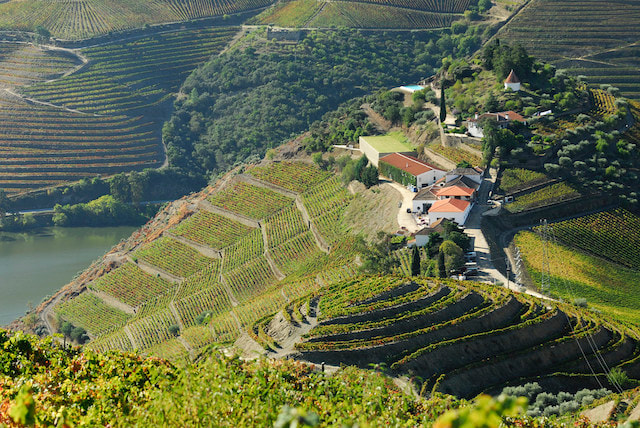
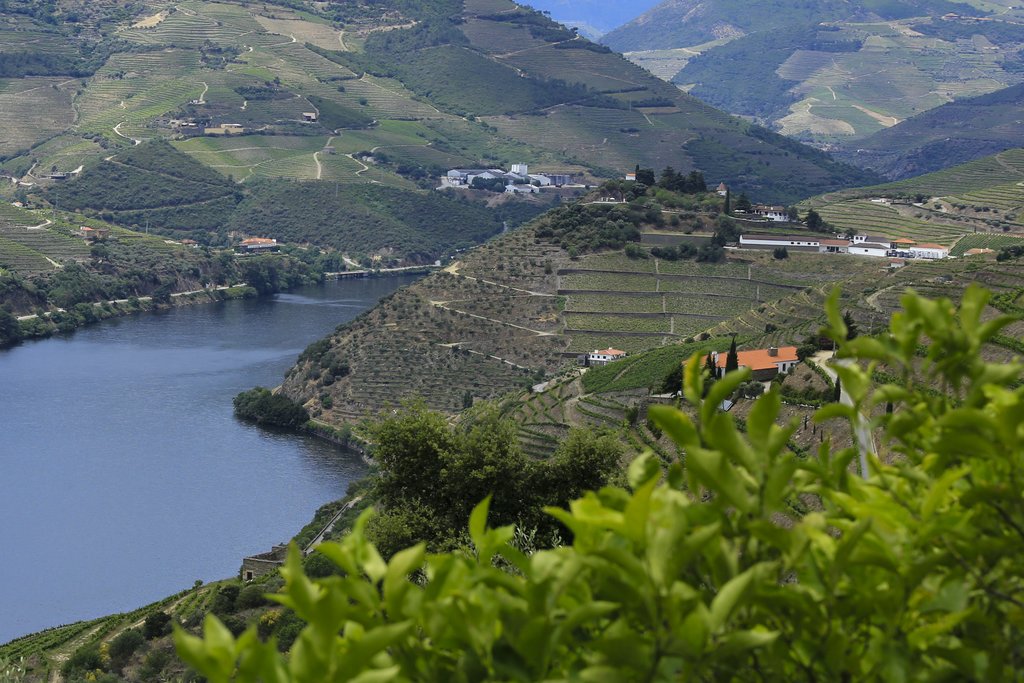
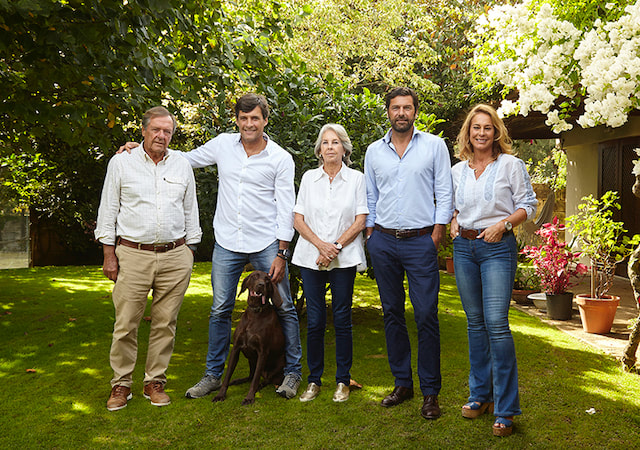
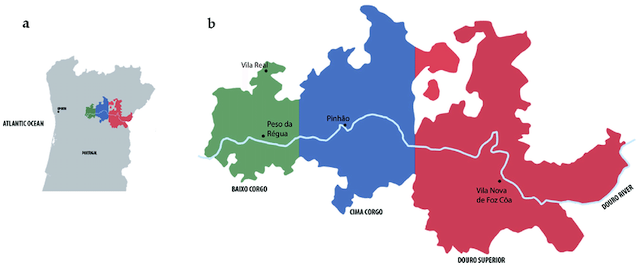
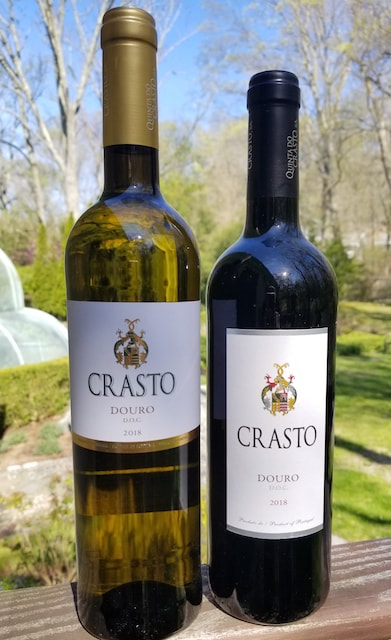
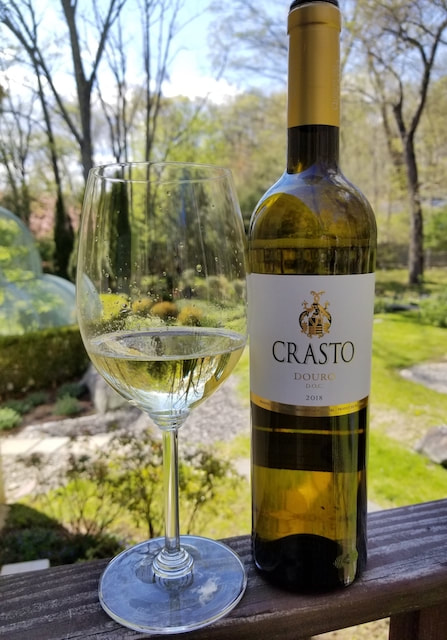
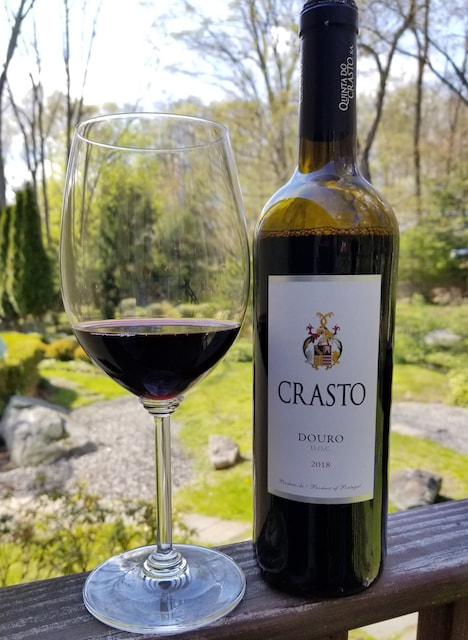
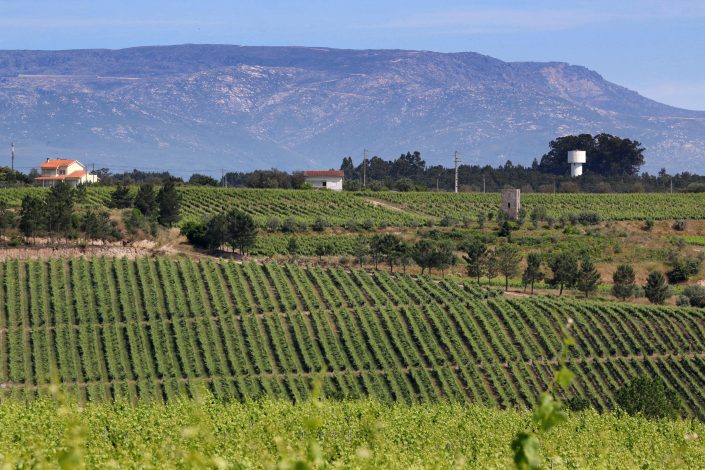
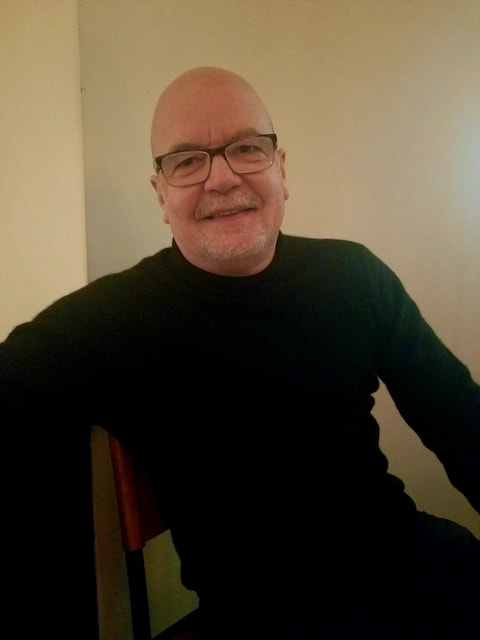

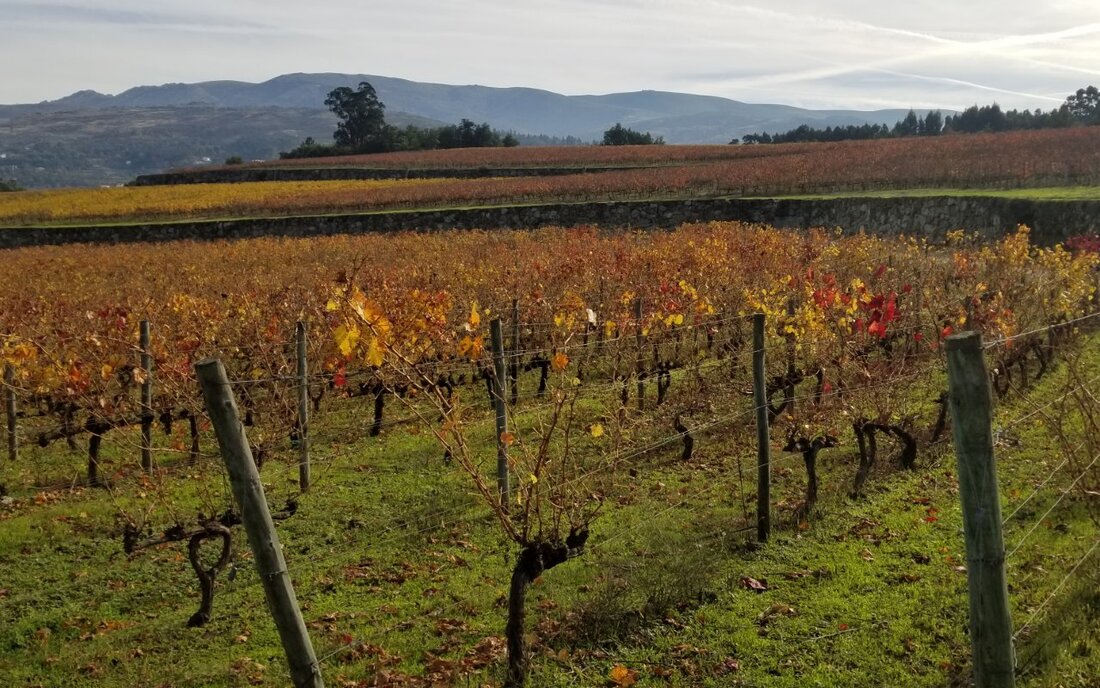
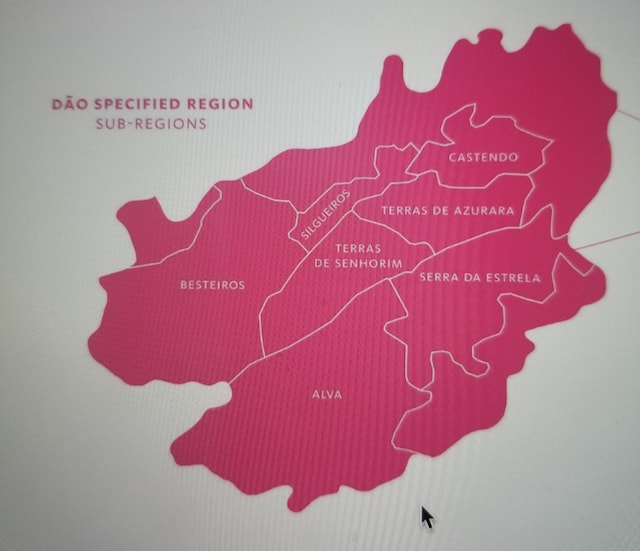
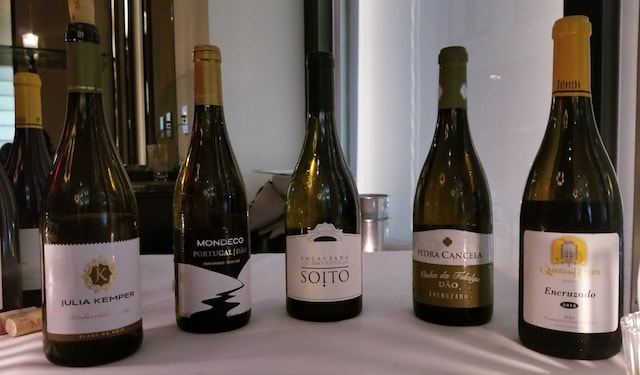
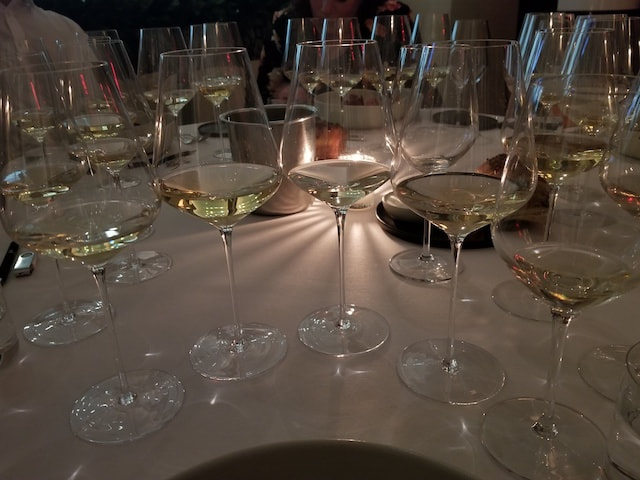
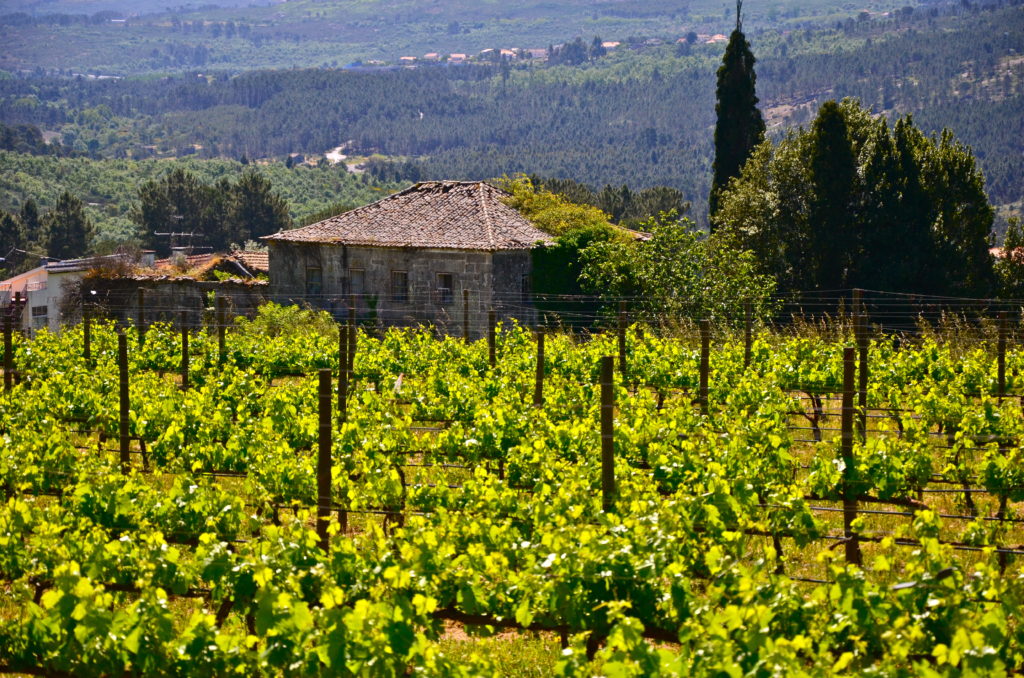
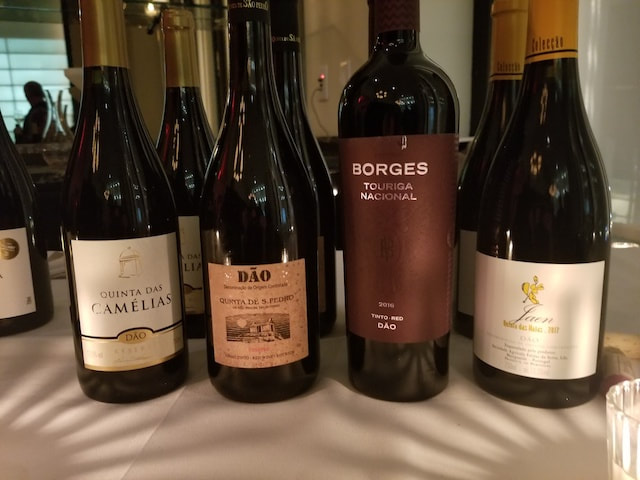
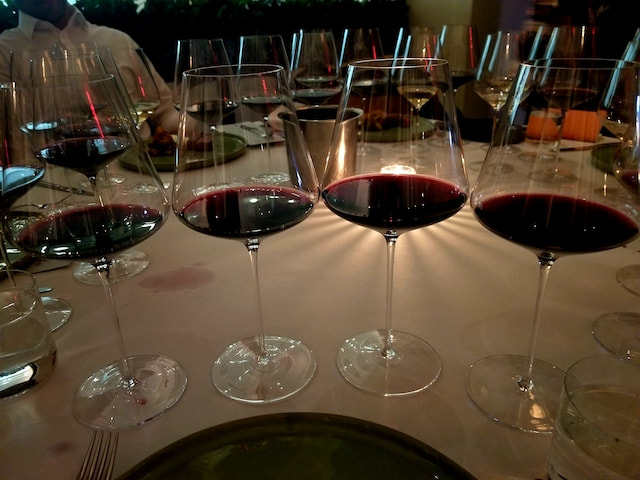
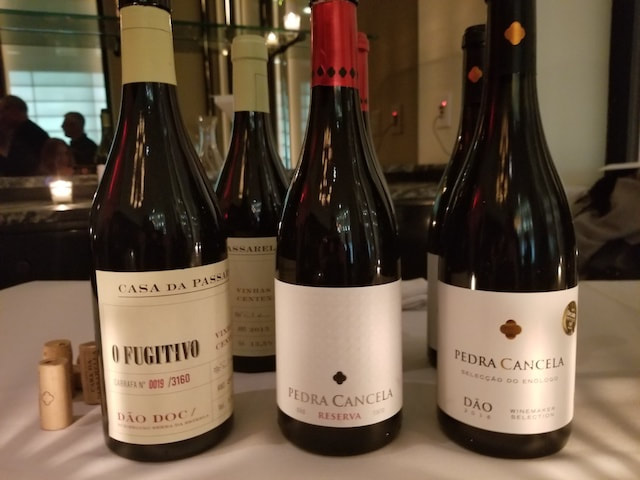
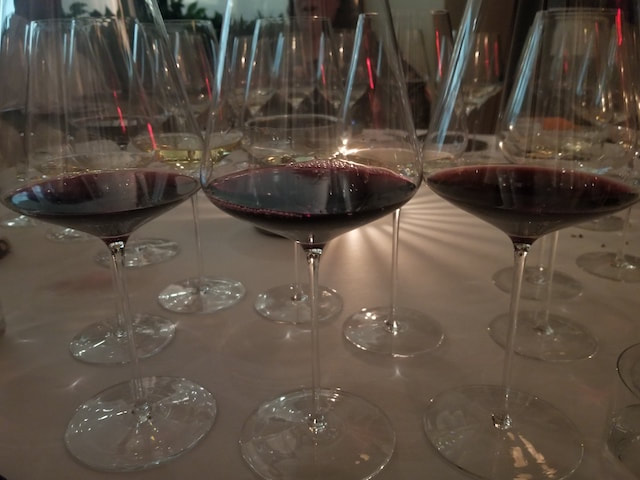
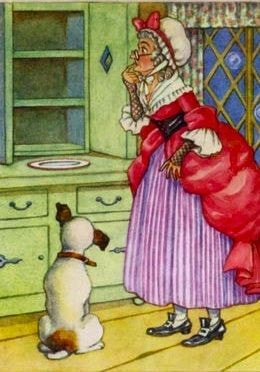
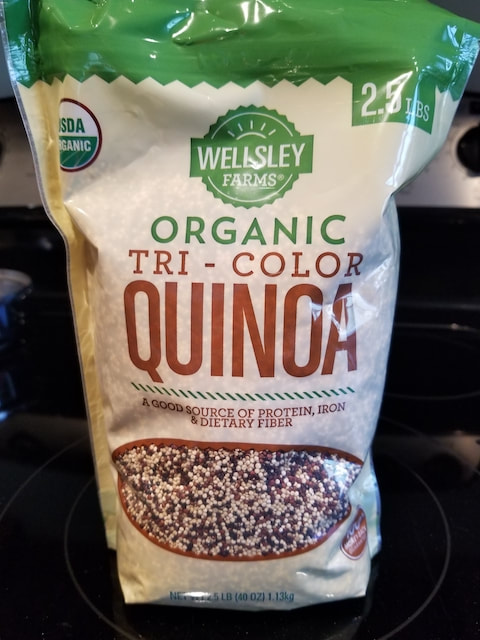
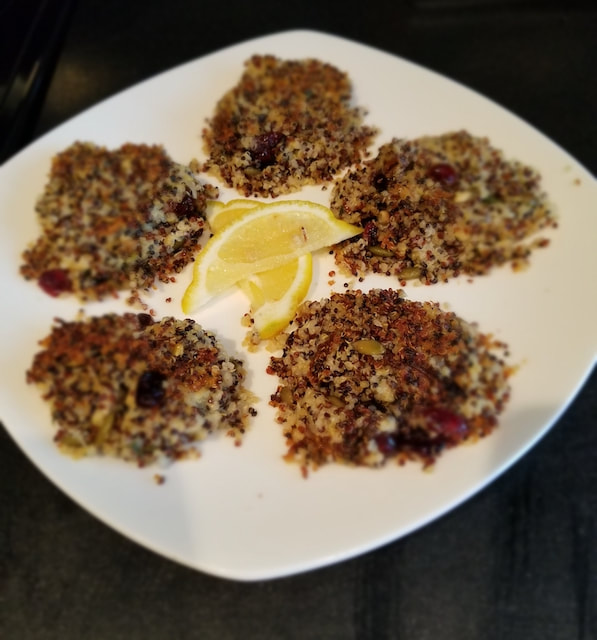
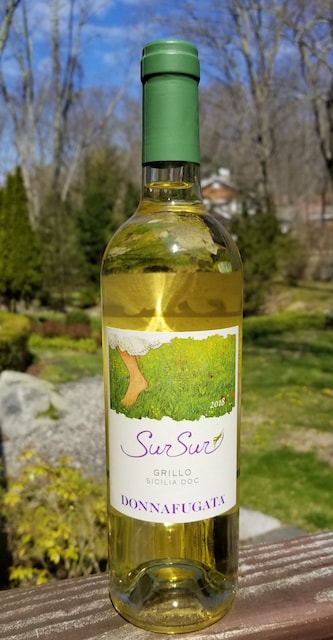
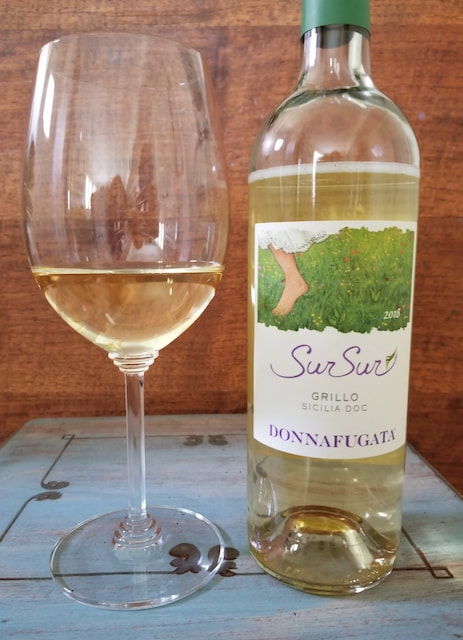
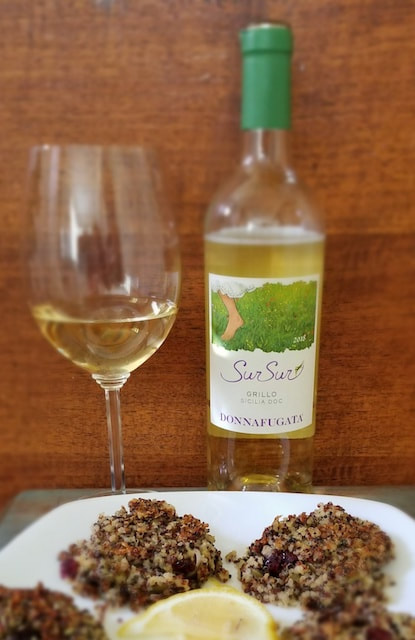
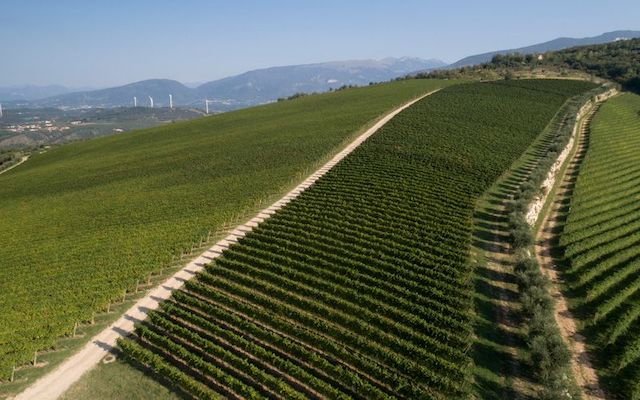
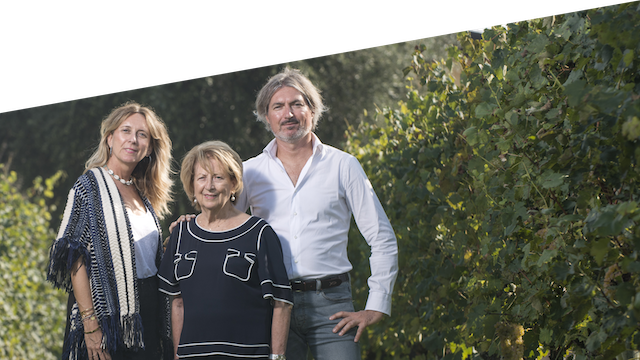
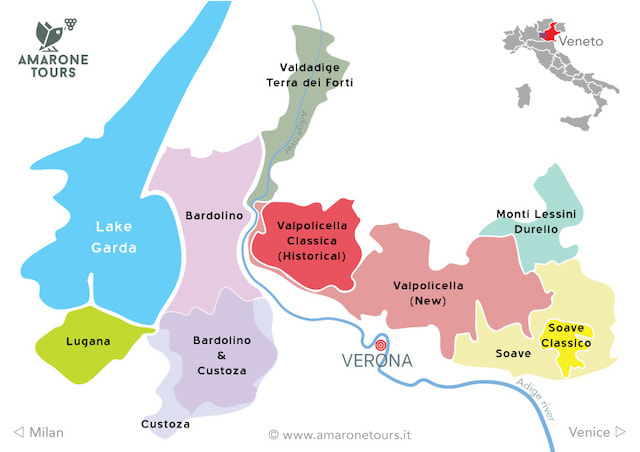
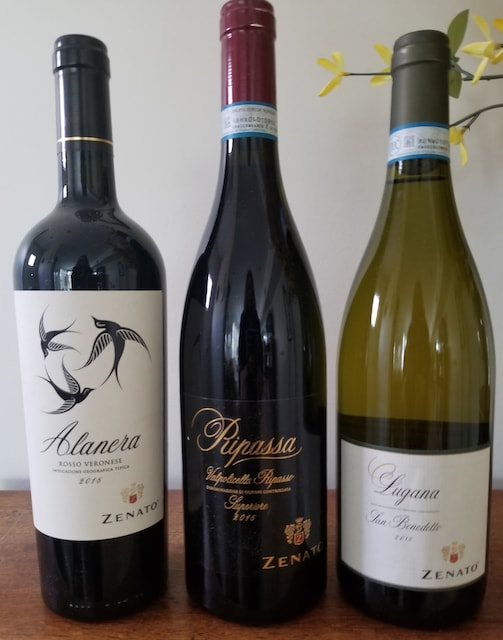
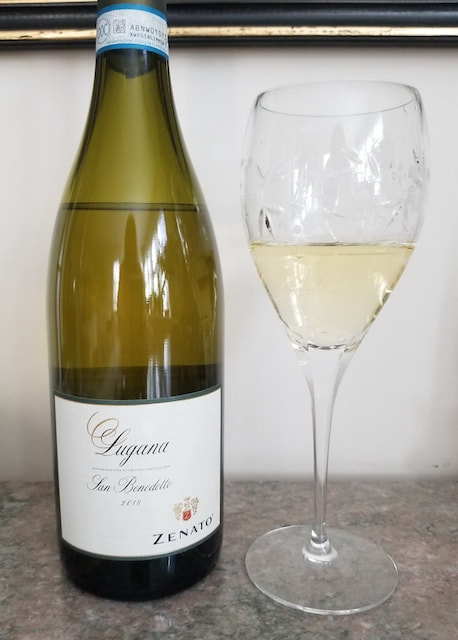
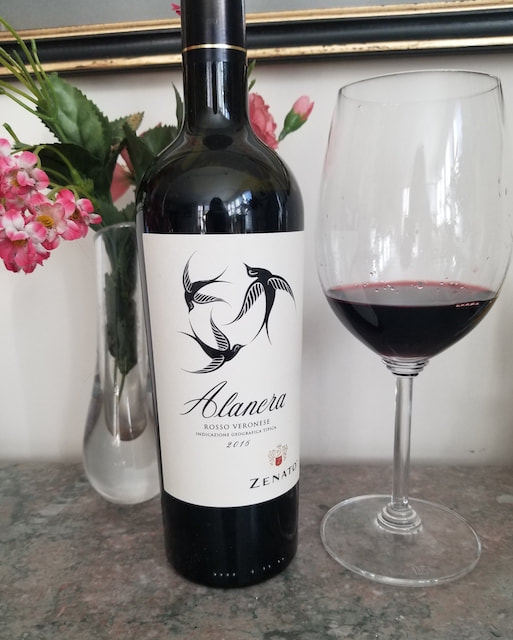
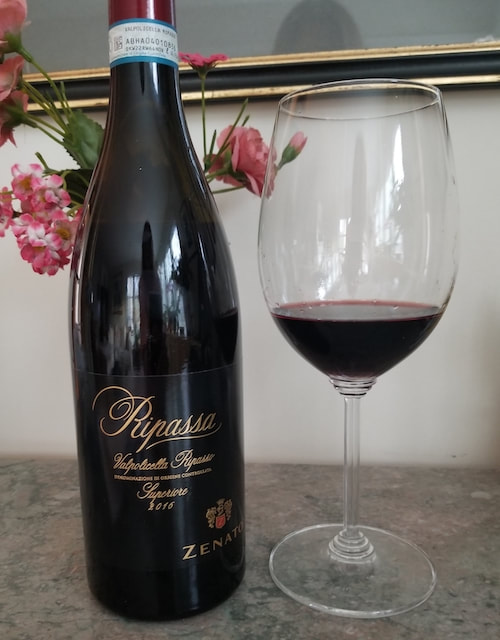
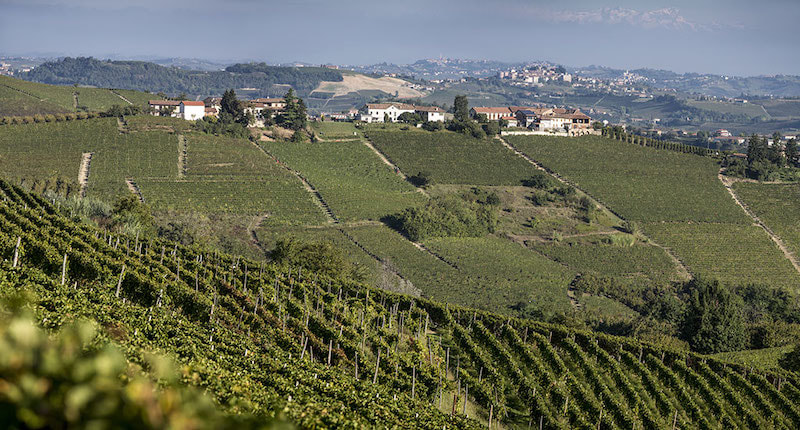
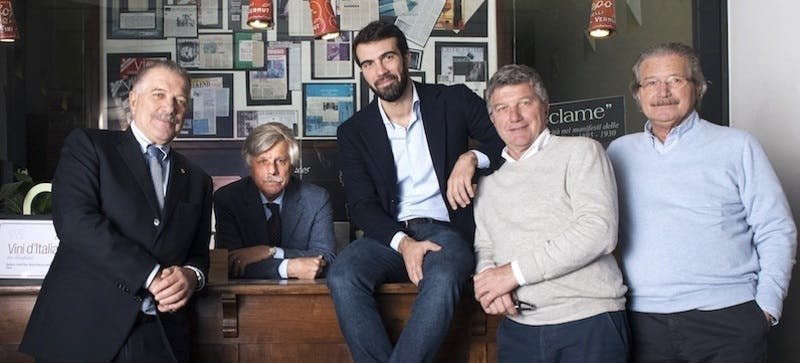
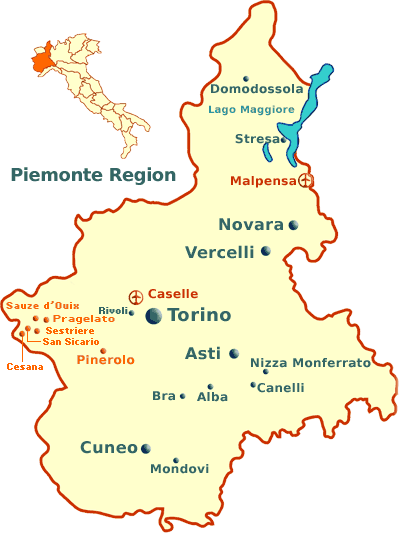
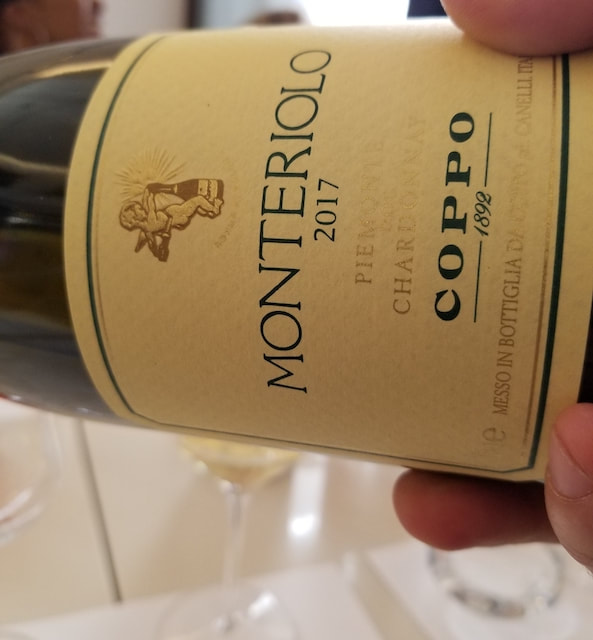
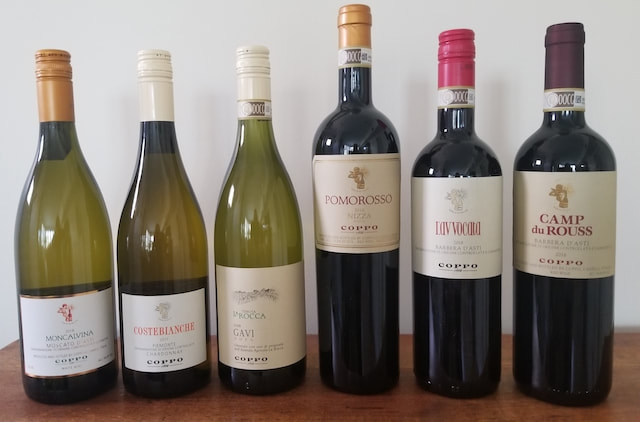
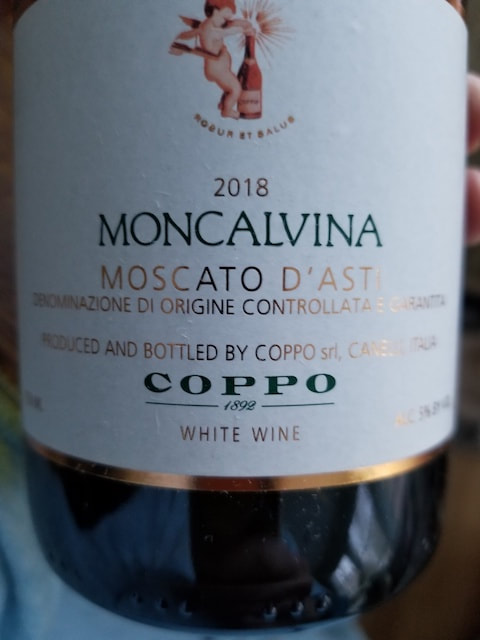
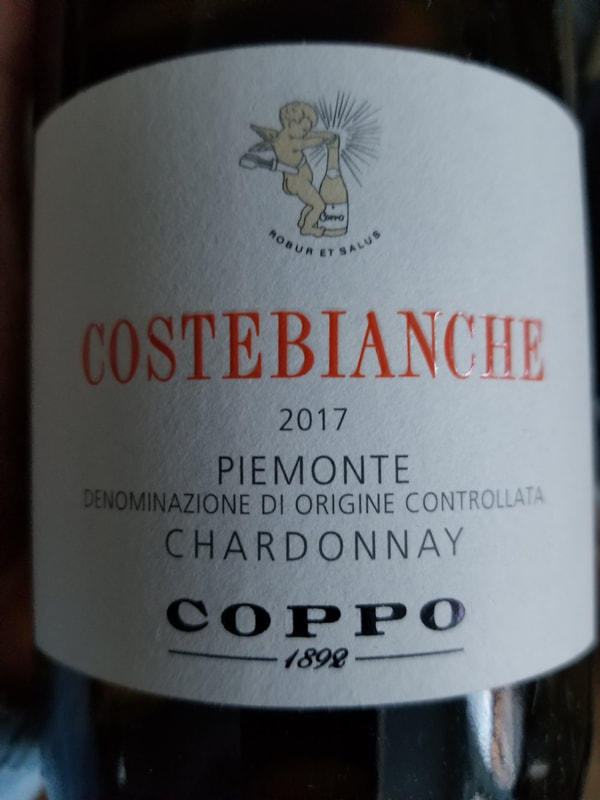
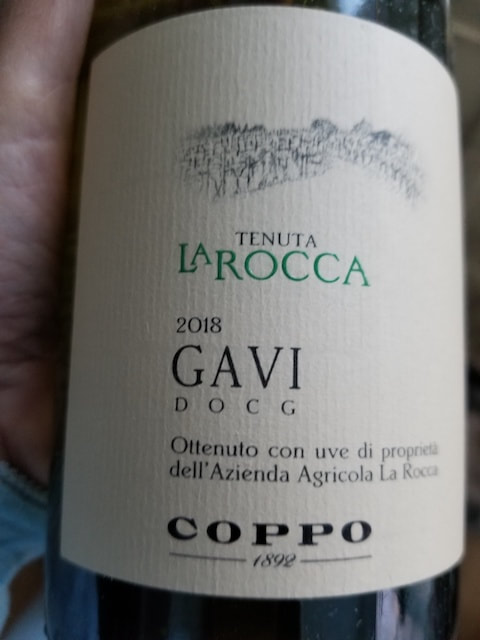
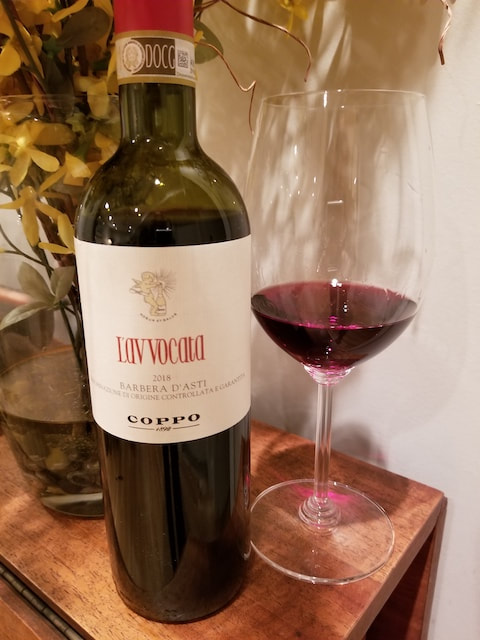
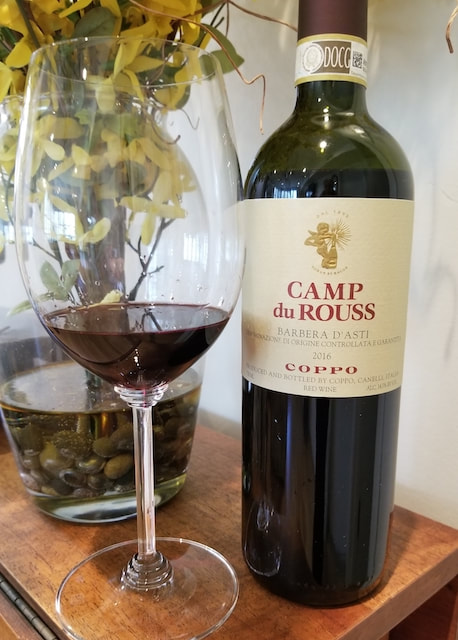
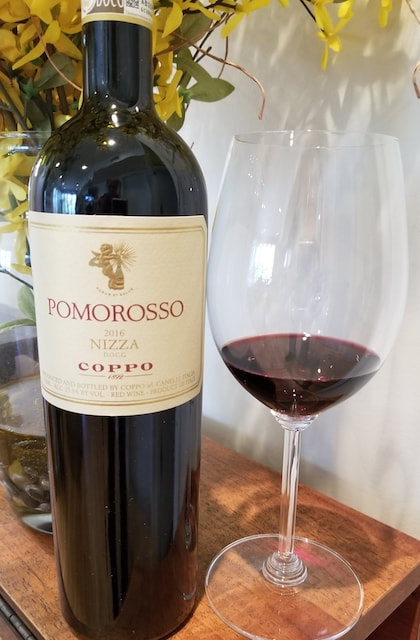
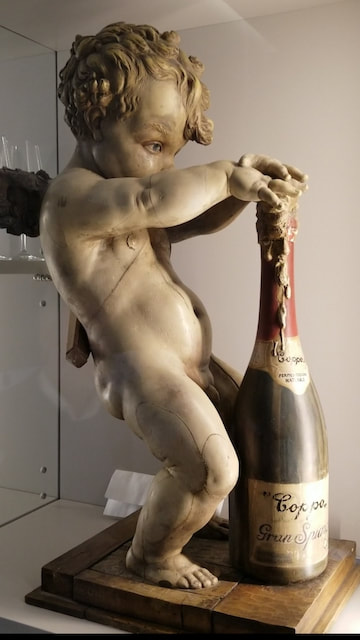

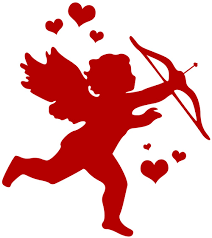
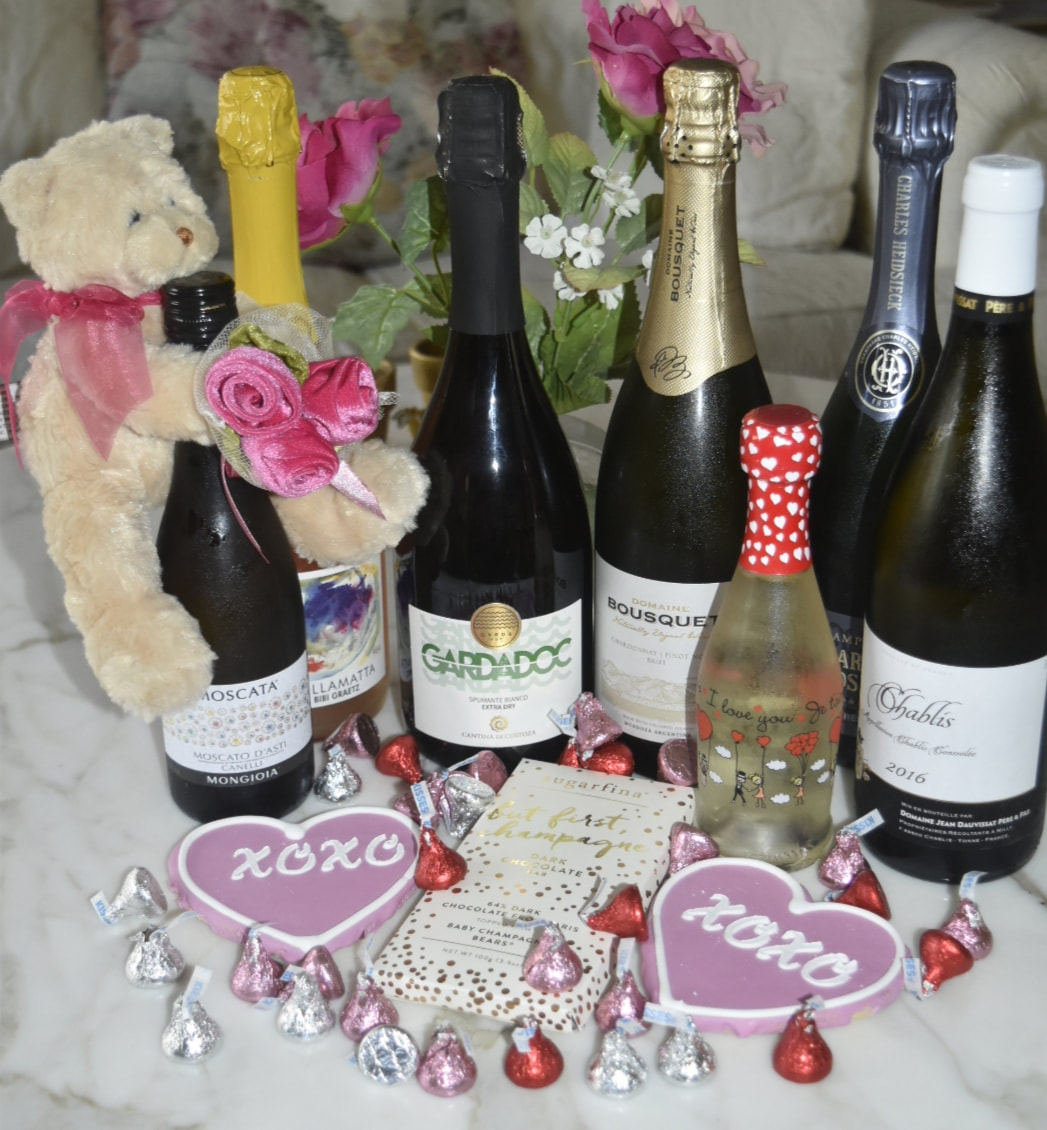
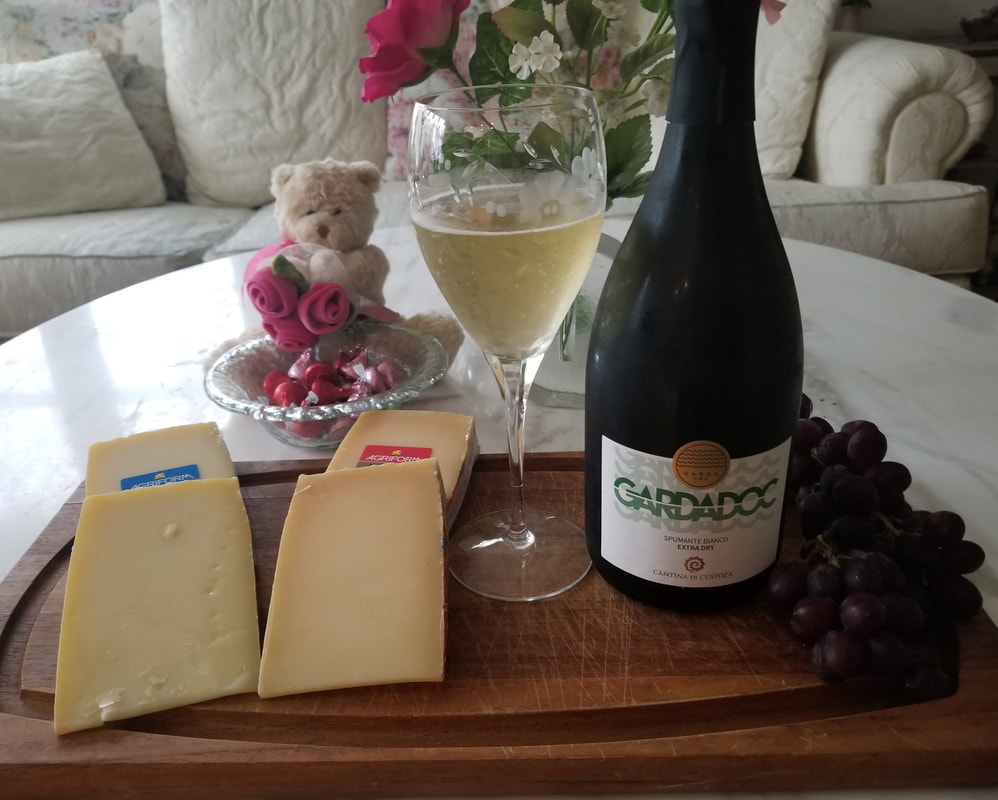
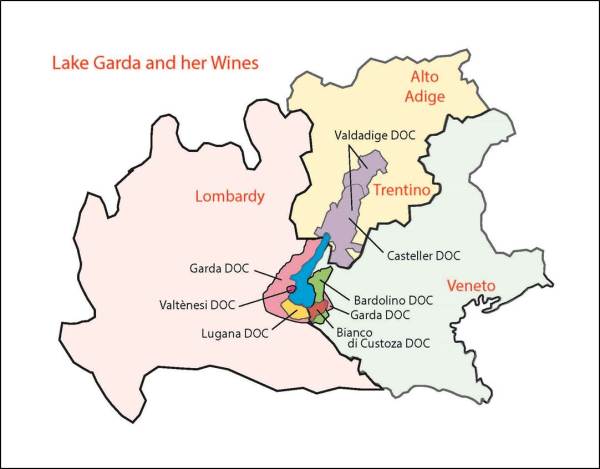
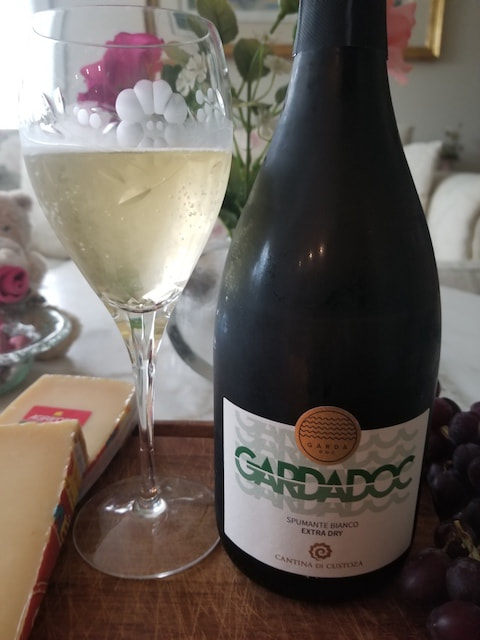
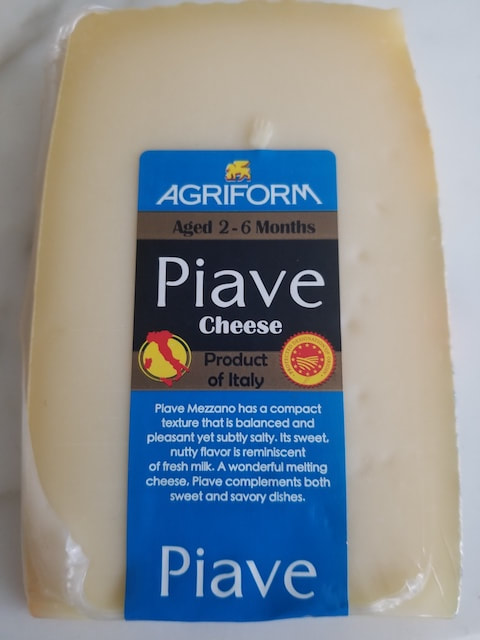
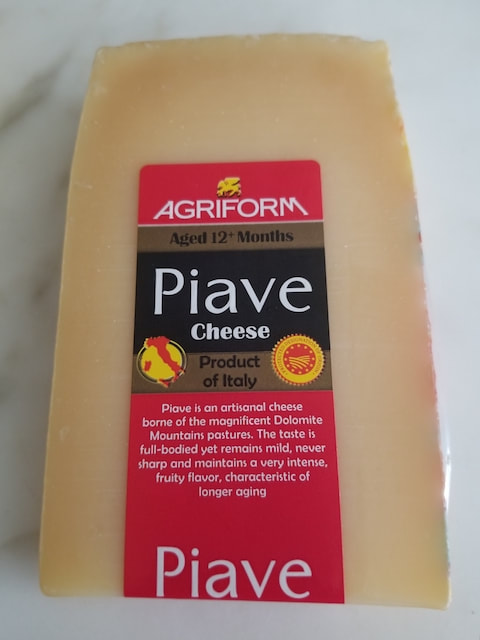
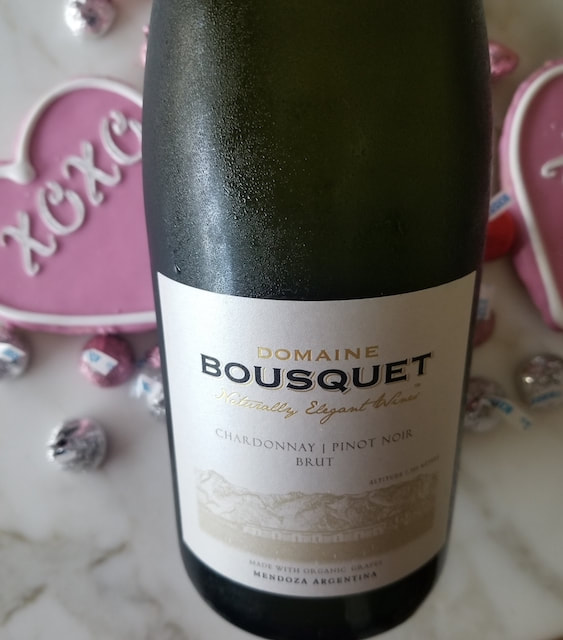
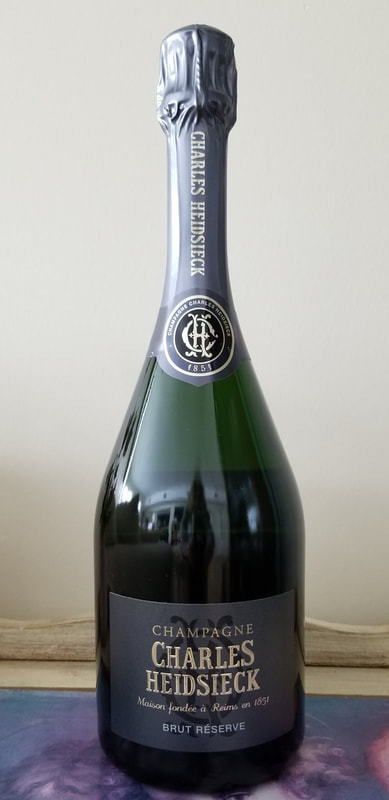
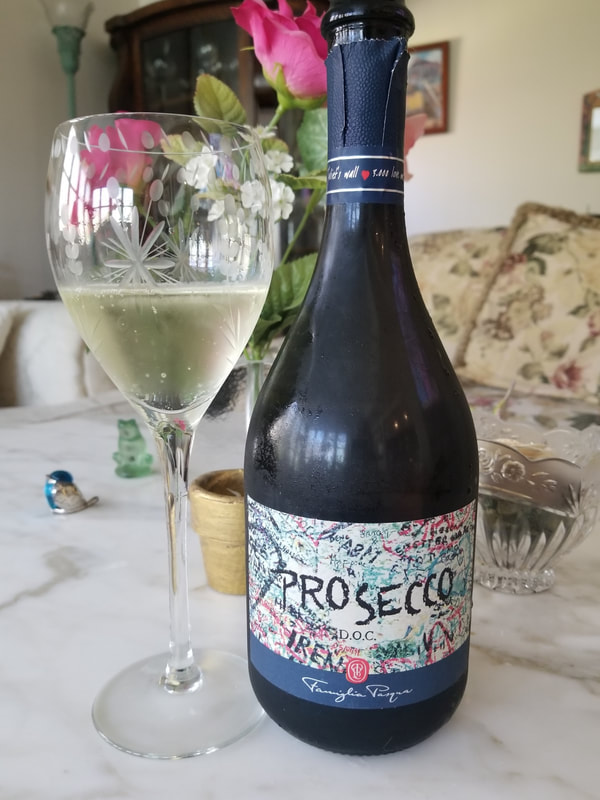
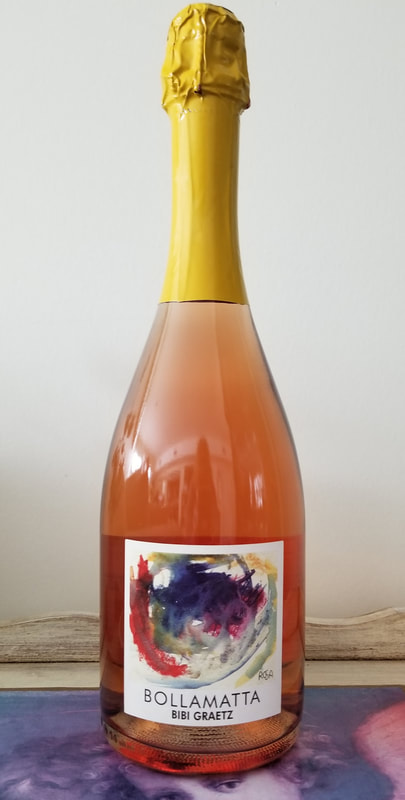
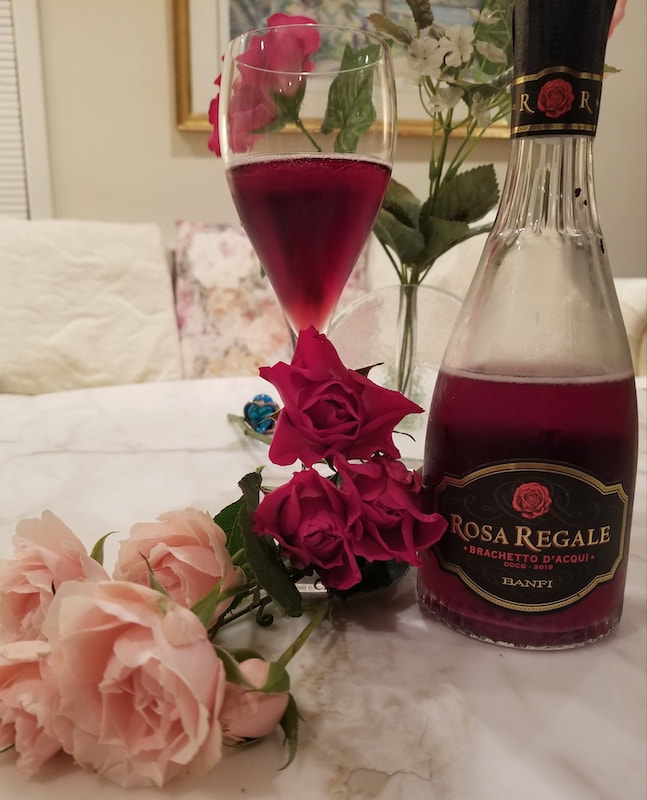
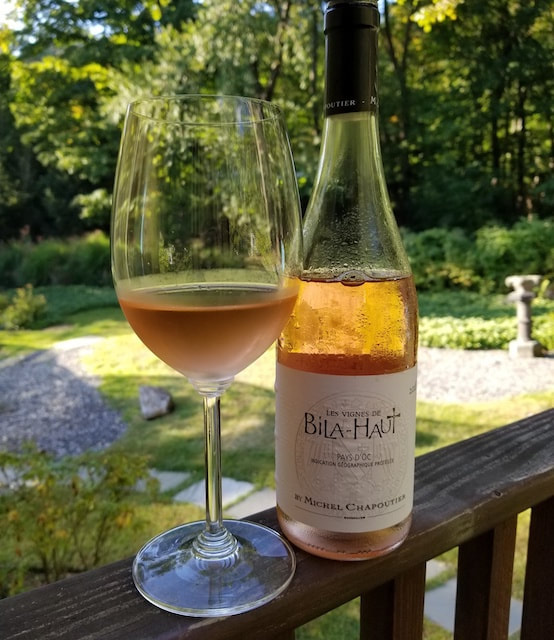
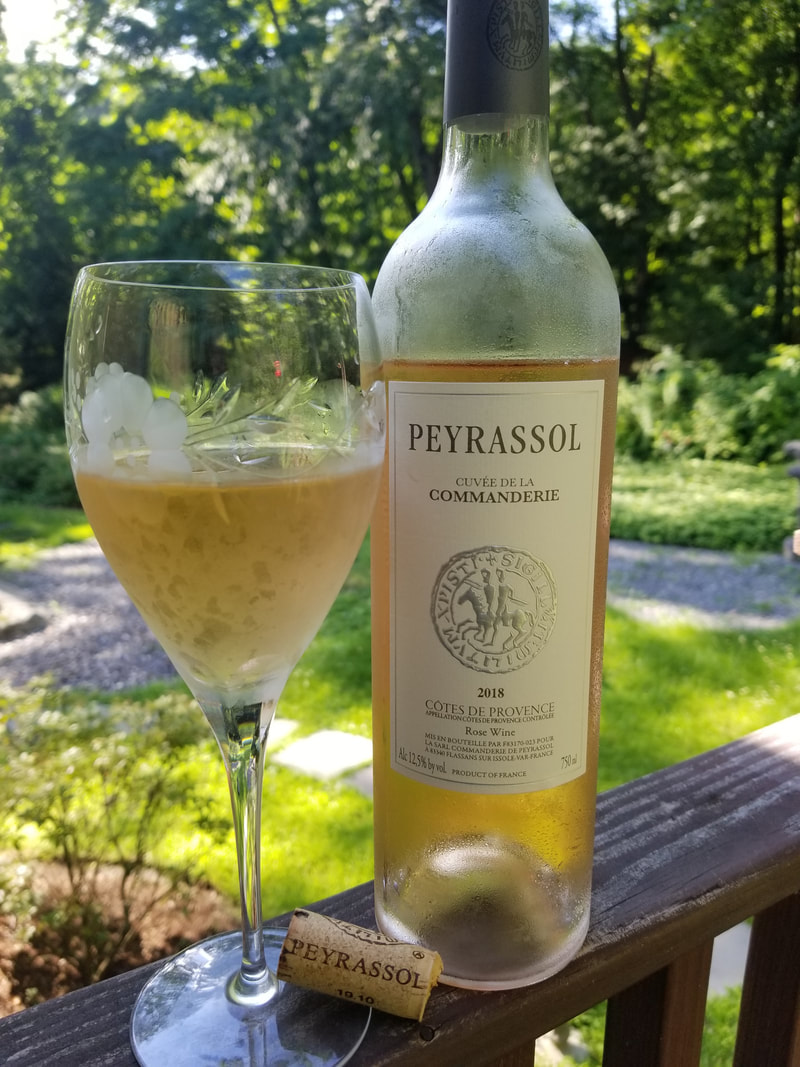
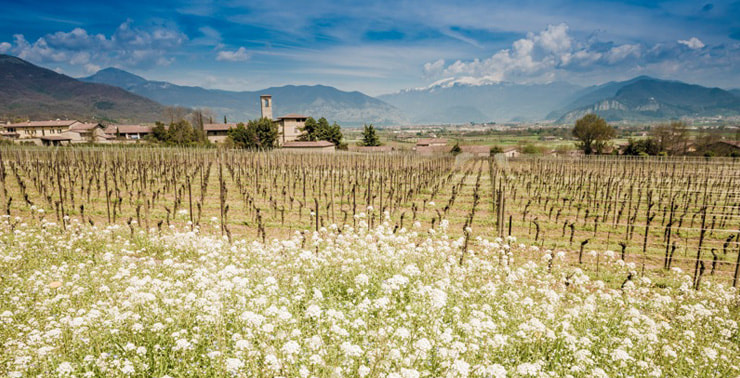
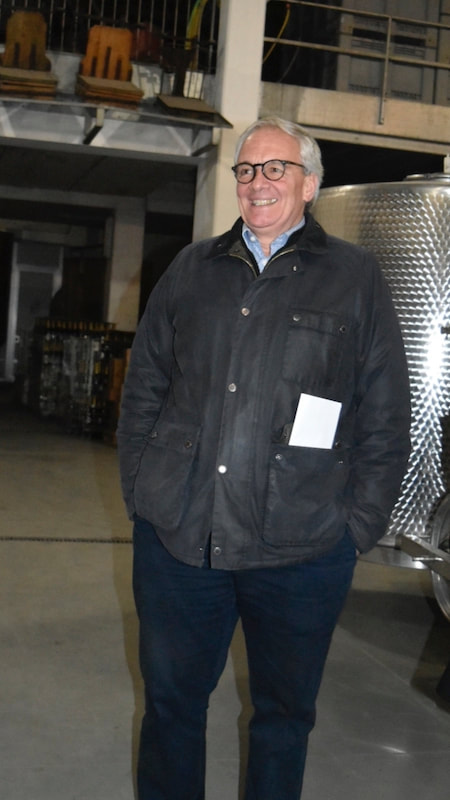
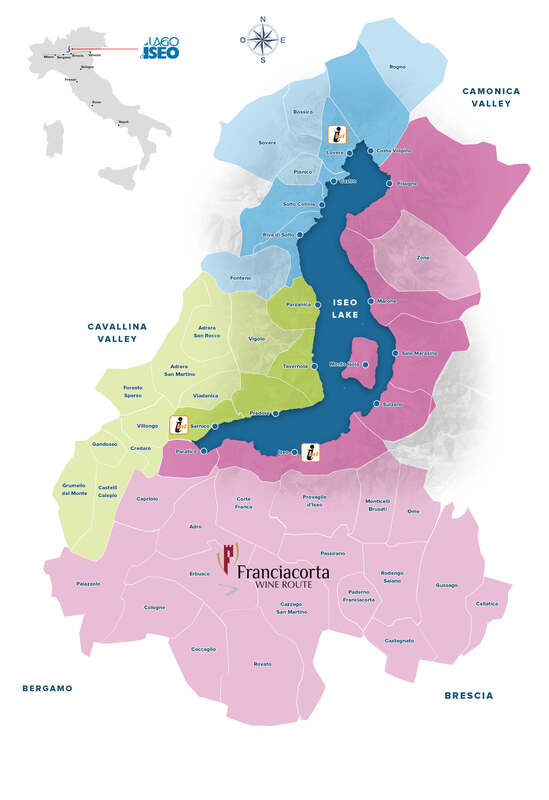

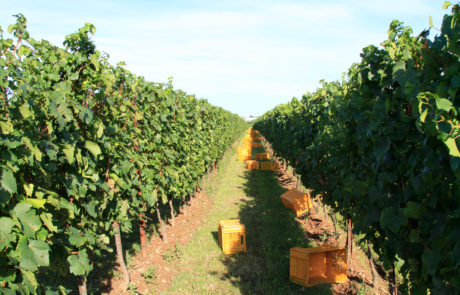
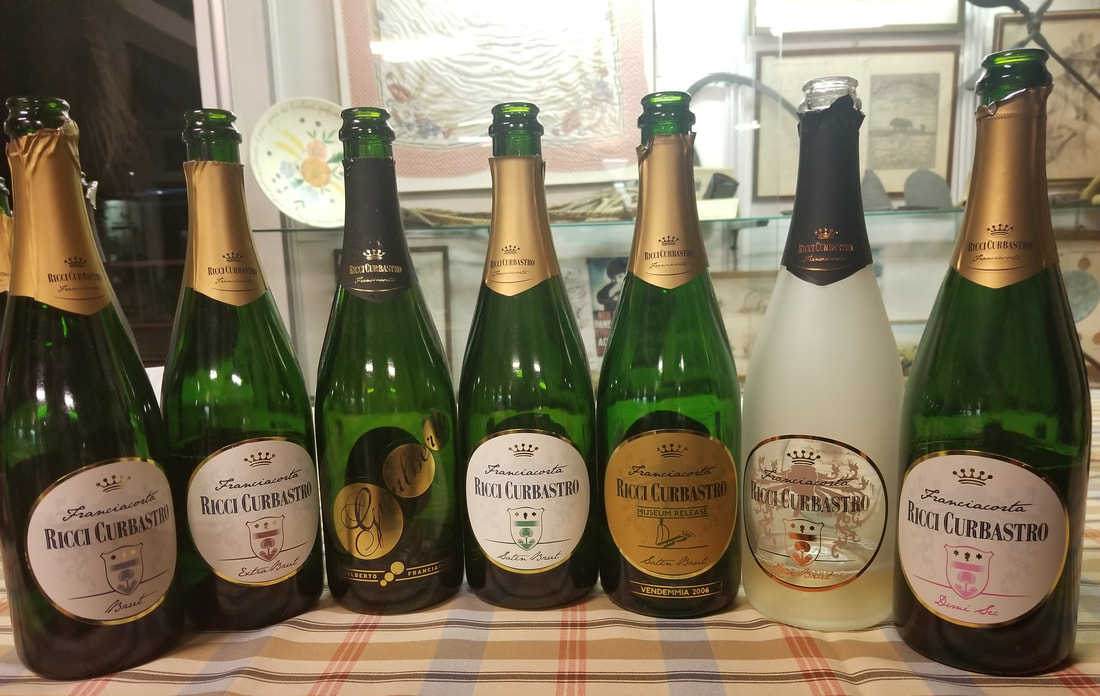
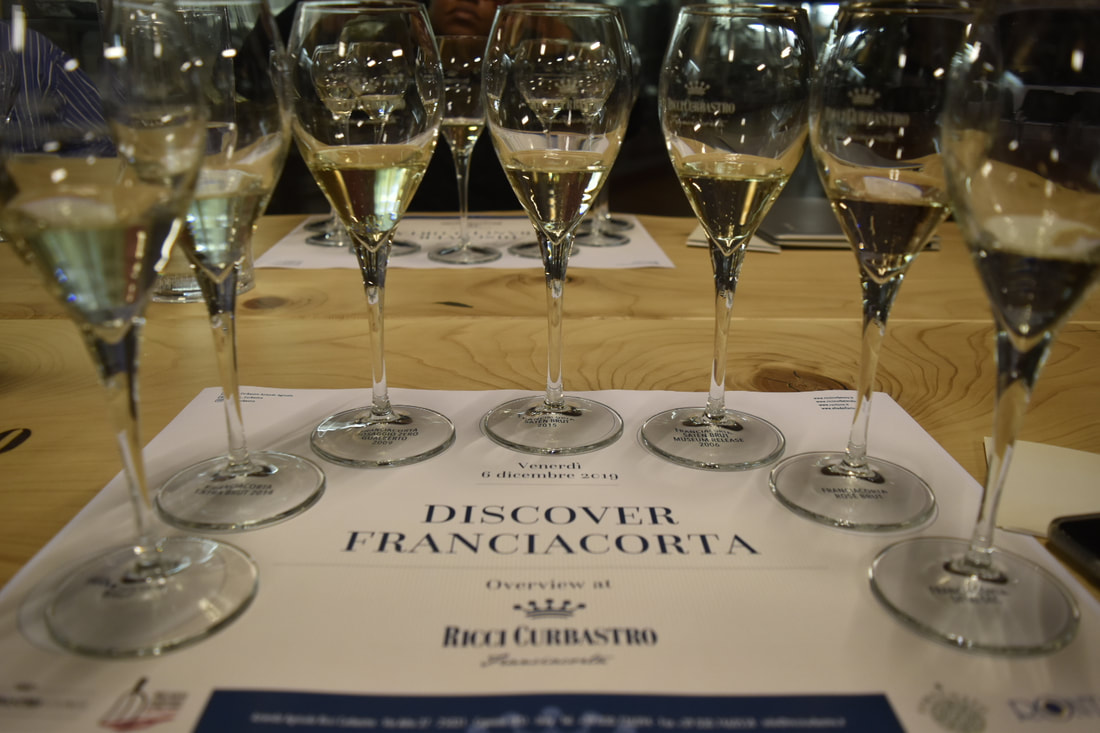
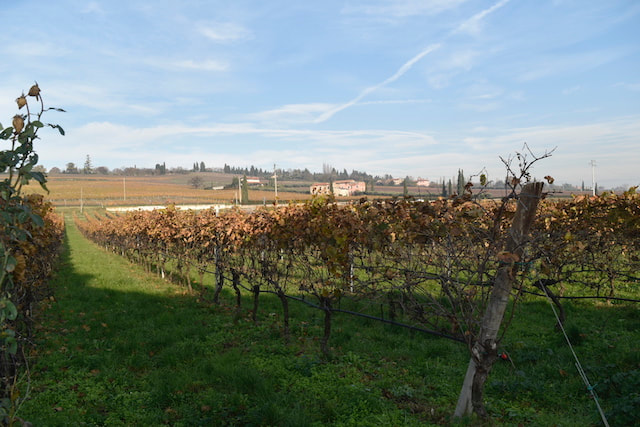
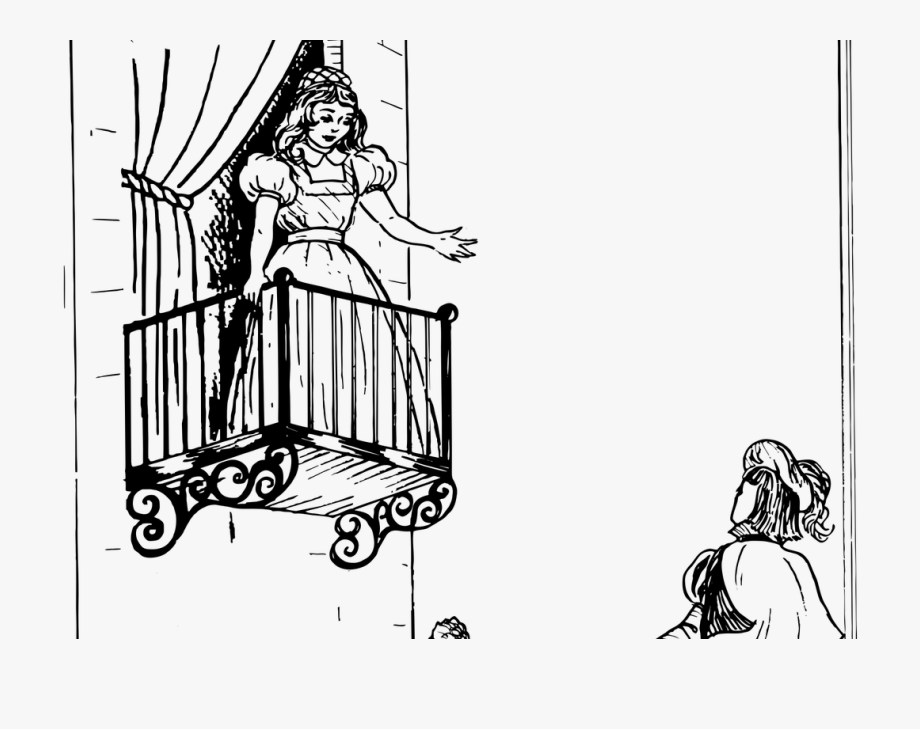
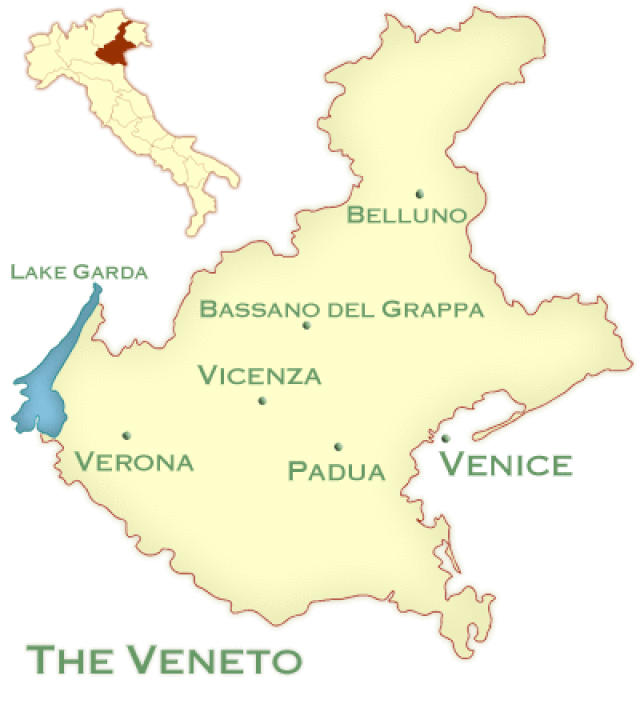
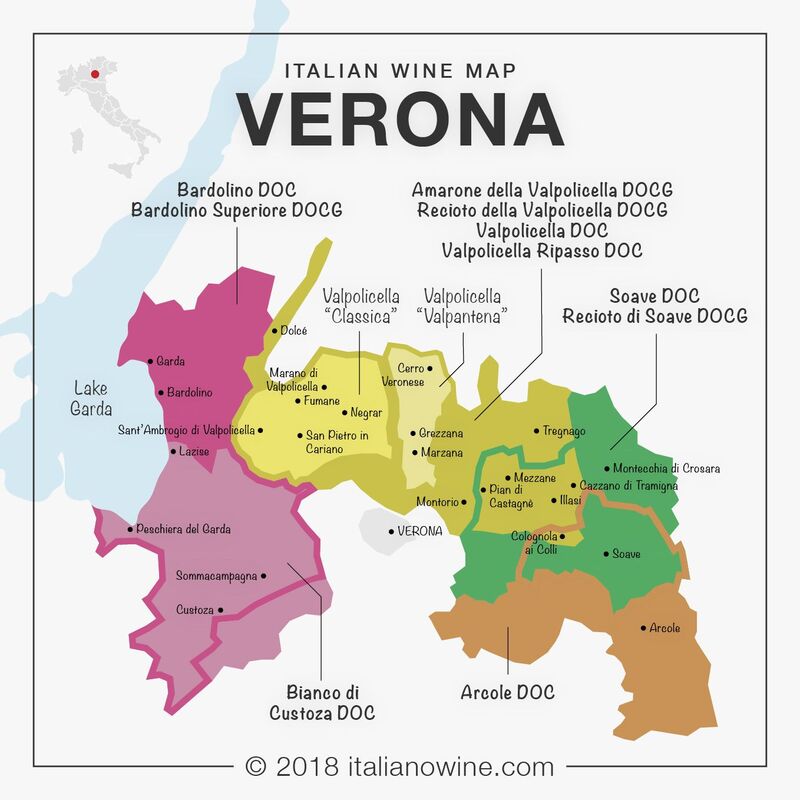
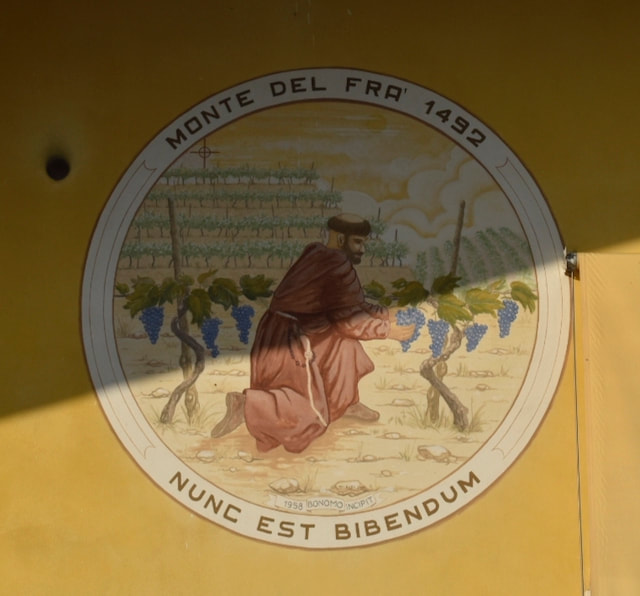
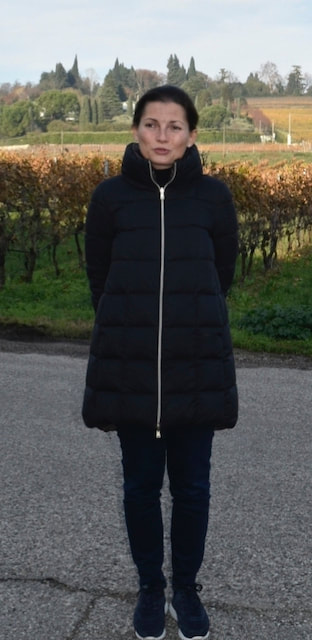
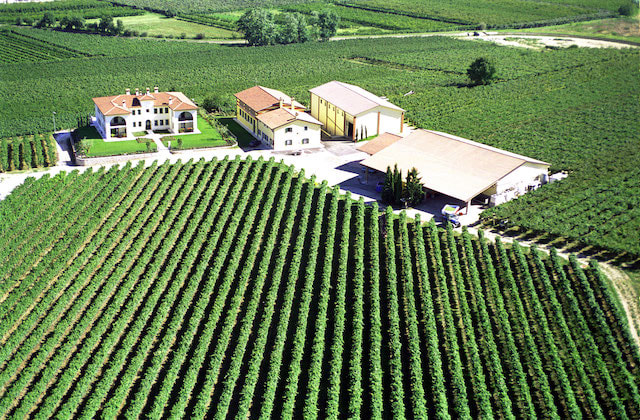
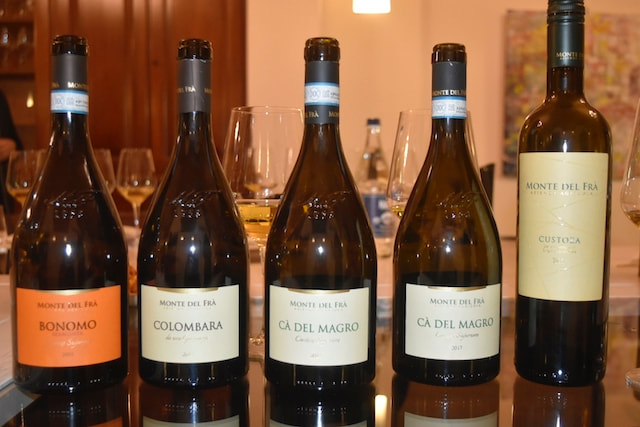
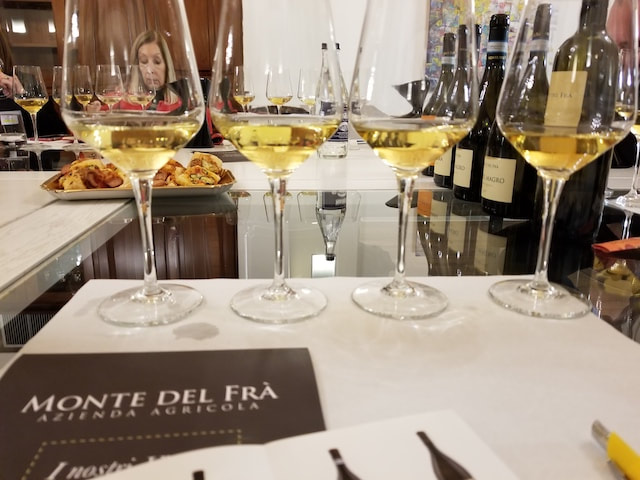
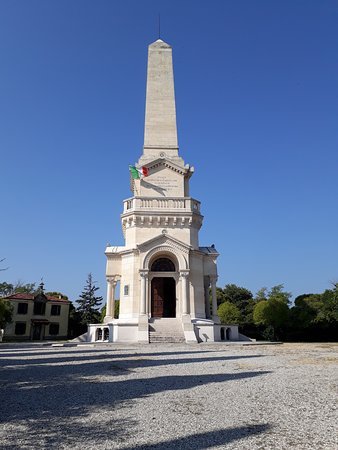
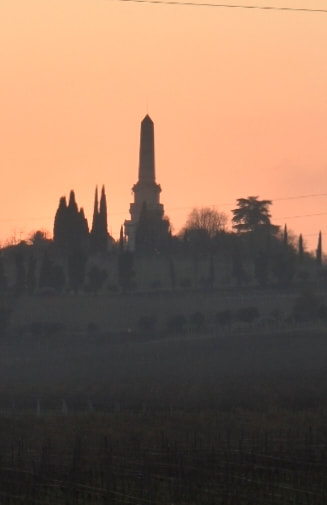
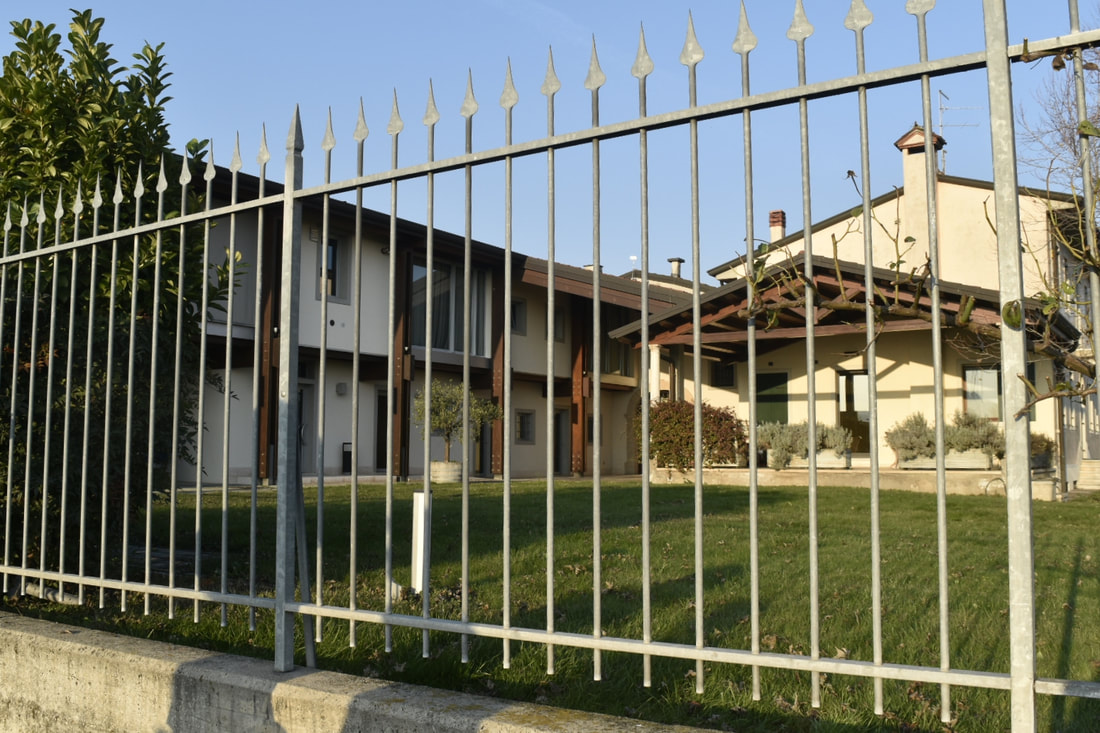
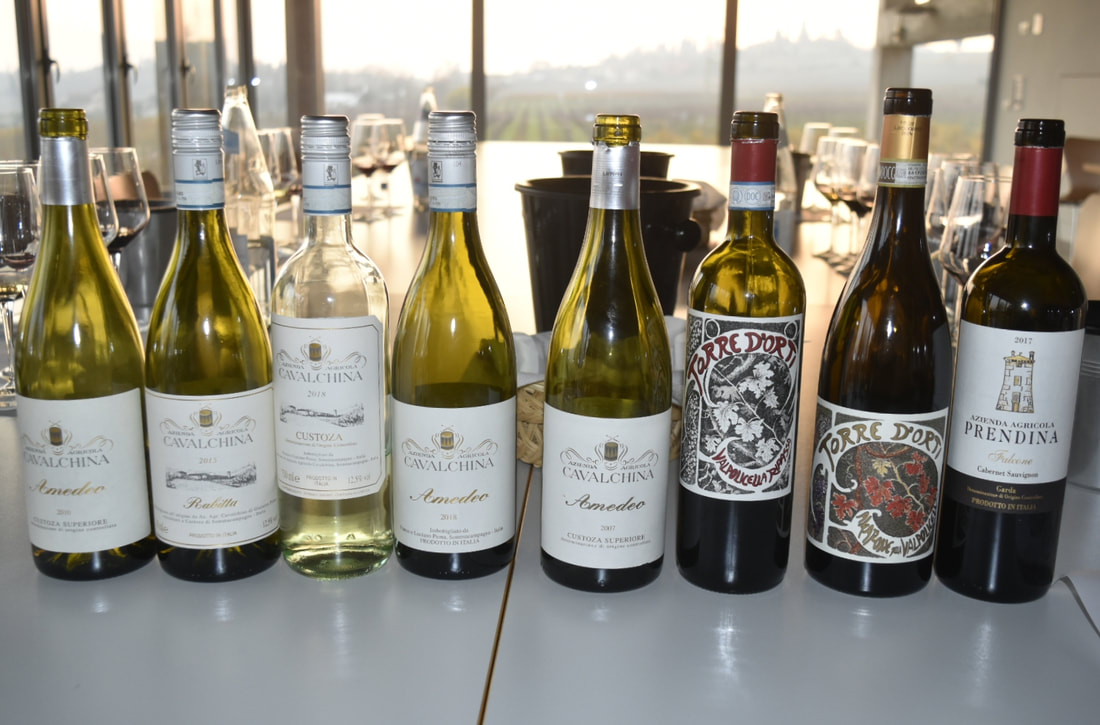
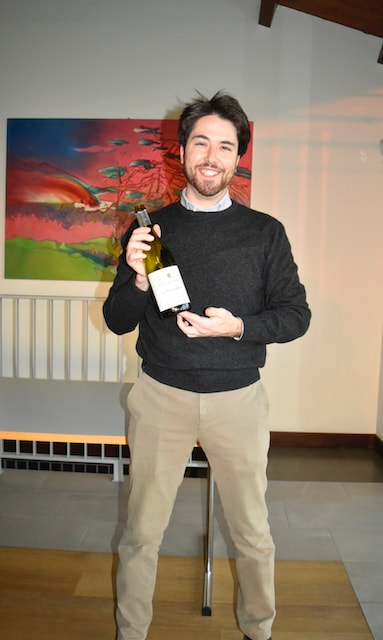
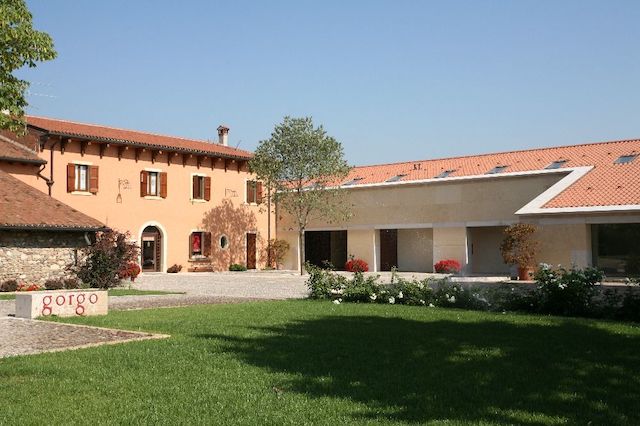
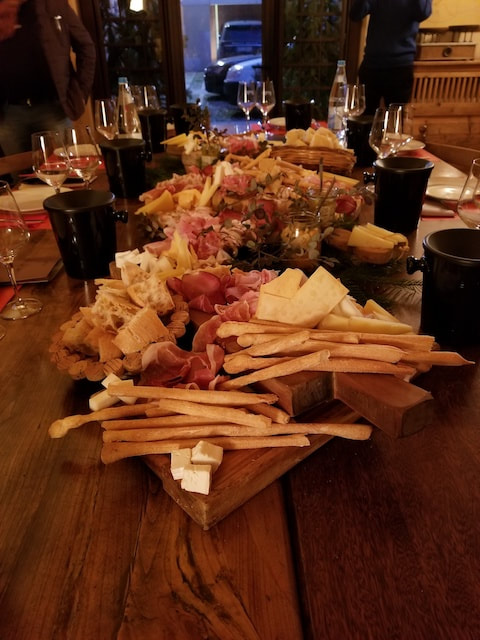
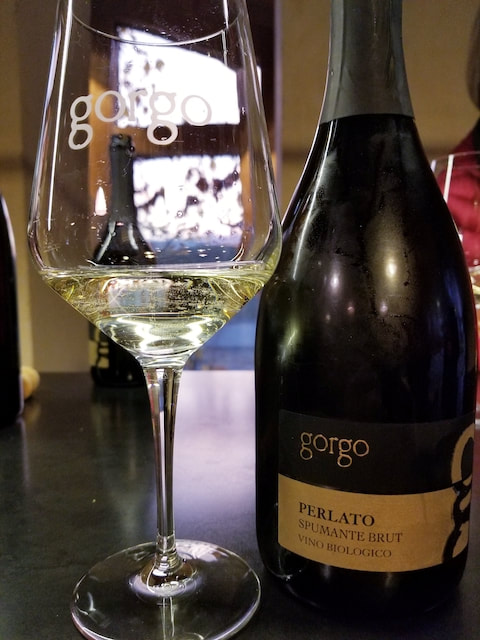

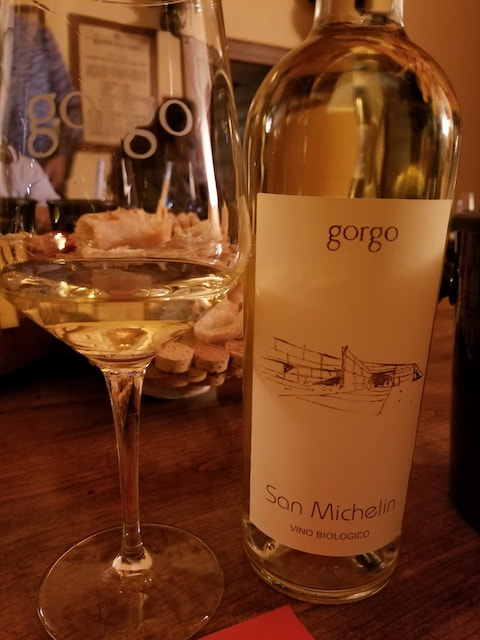
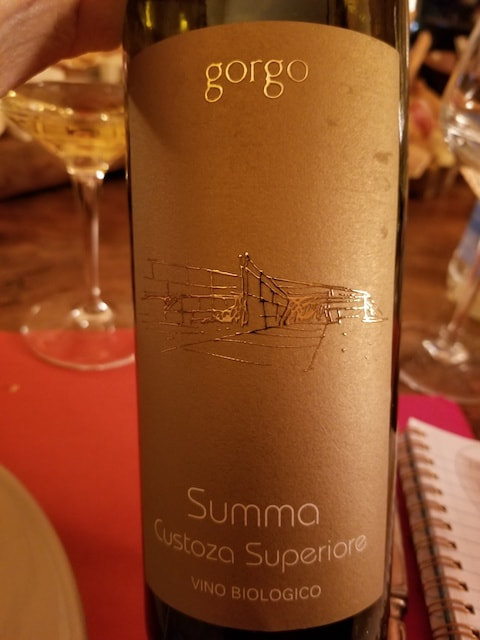
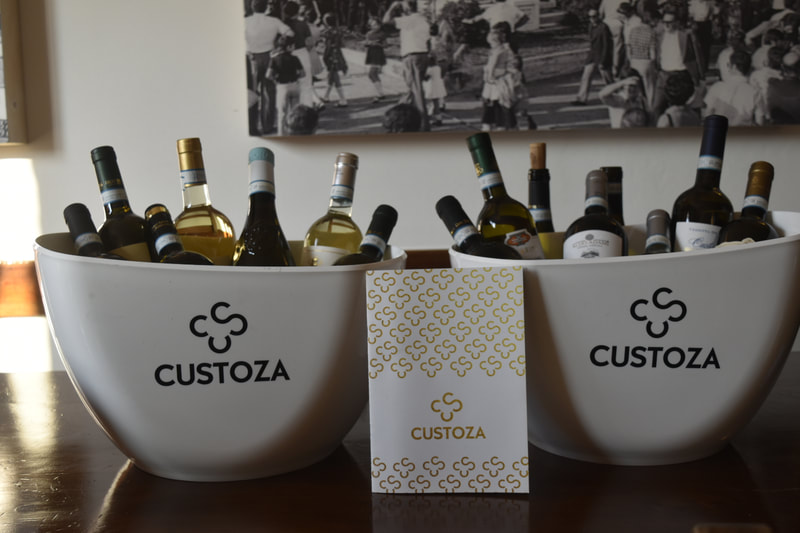
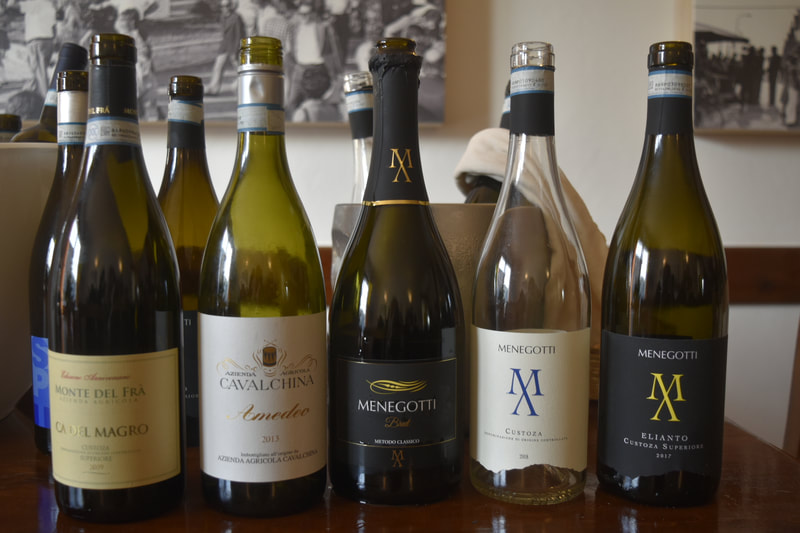
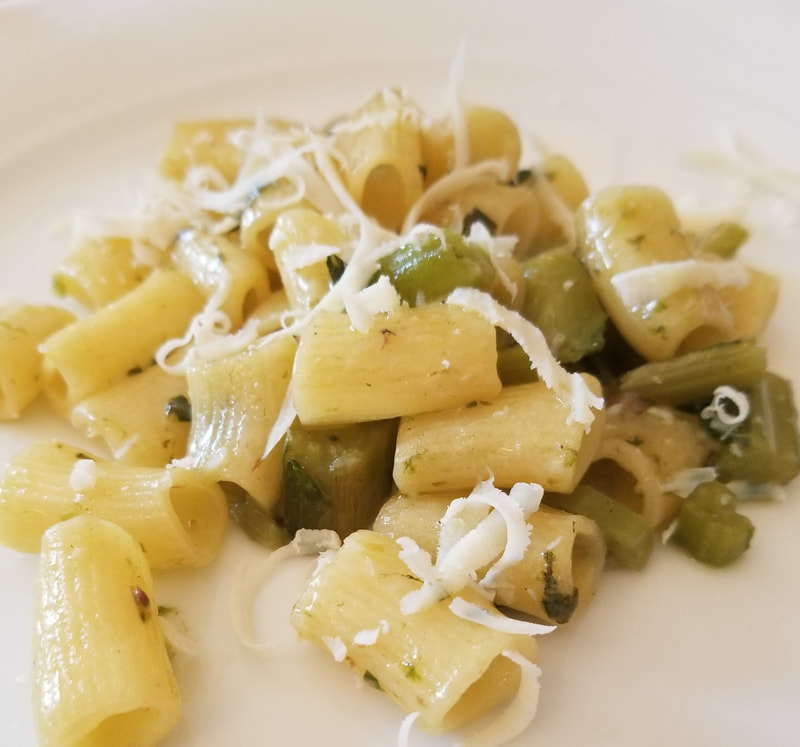
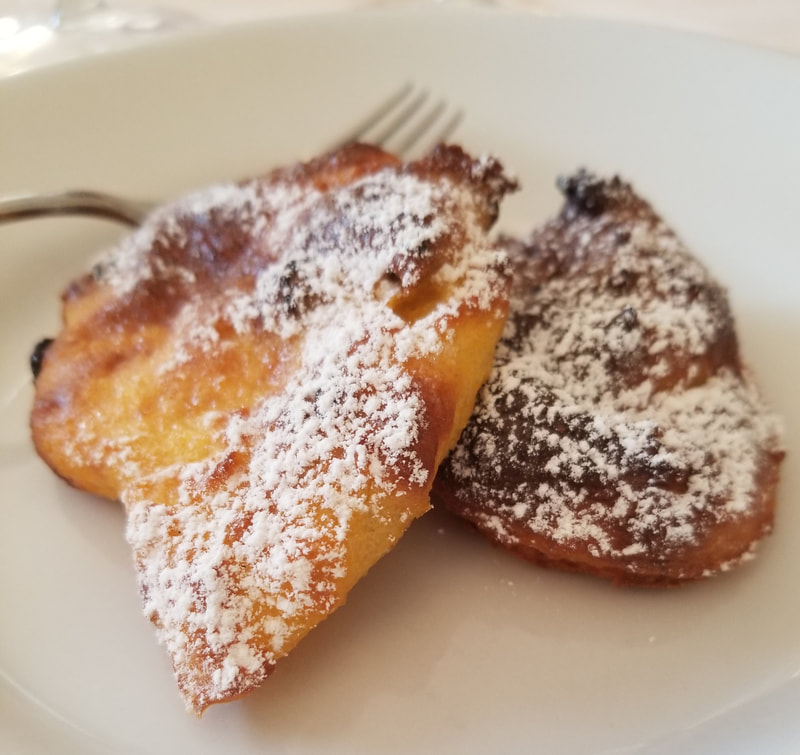
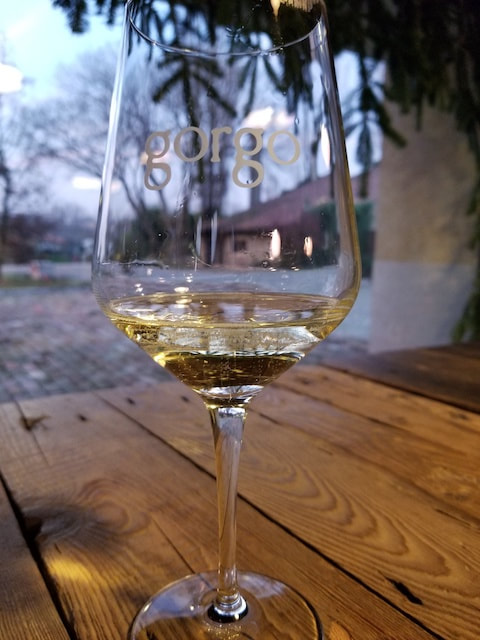
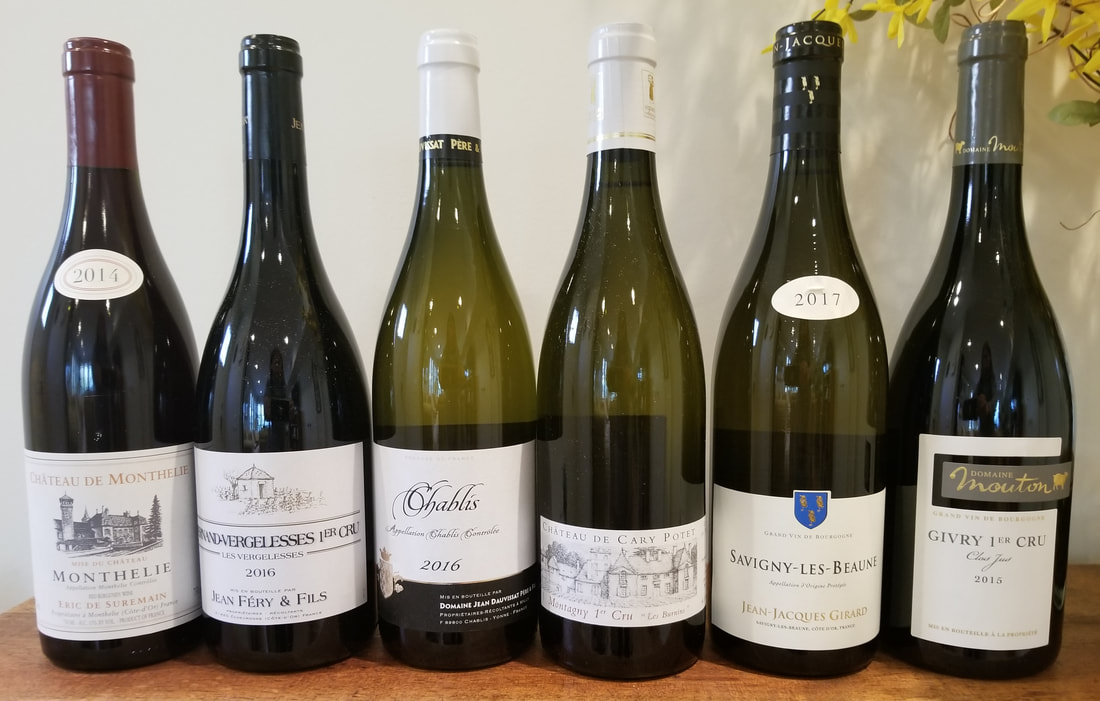
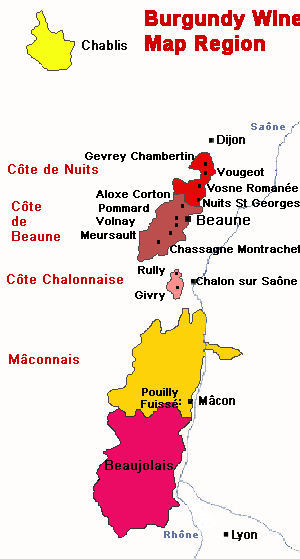
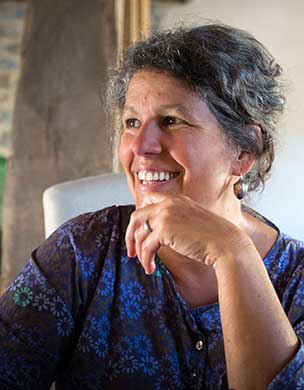
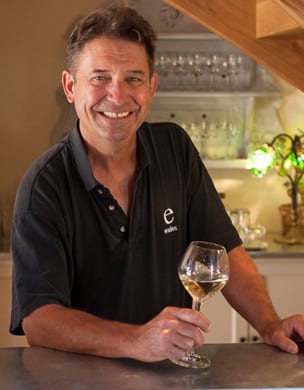
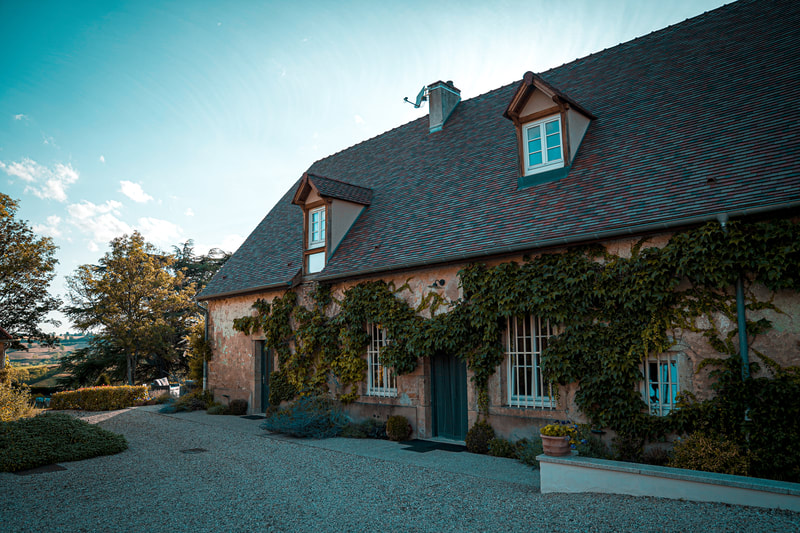






 RSS Feed
RSS Feed